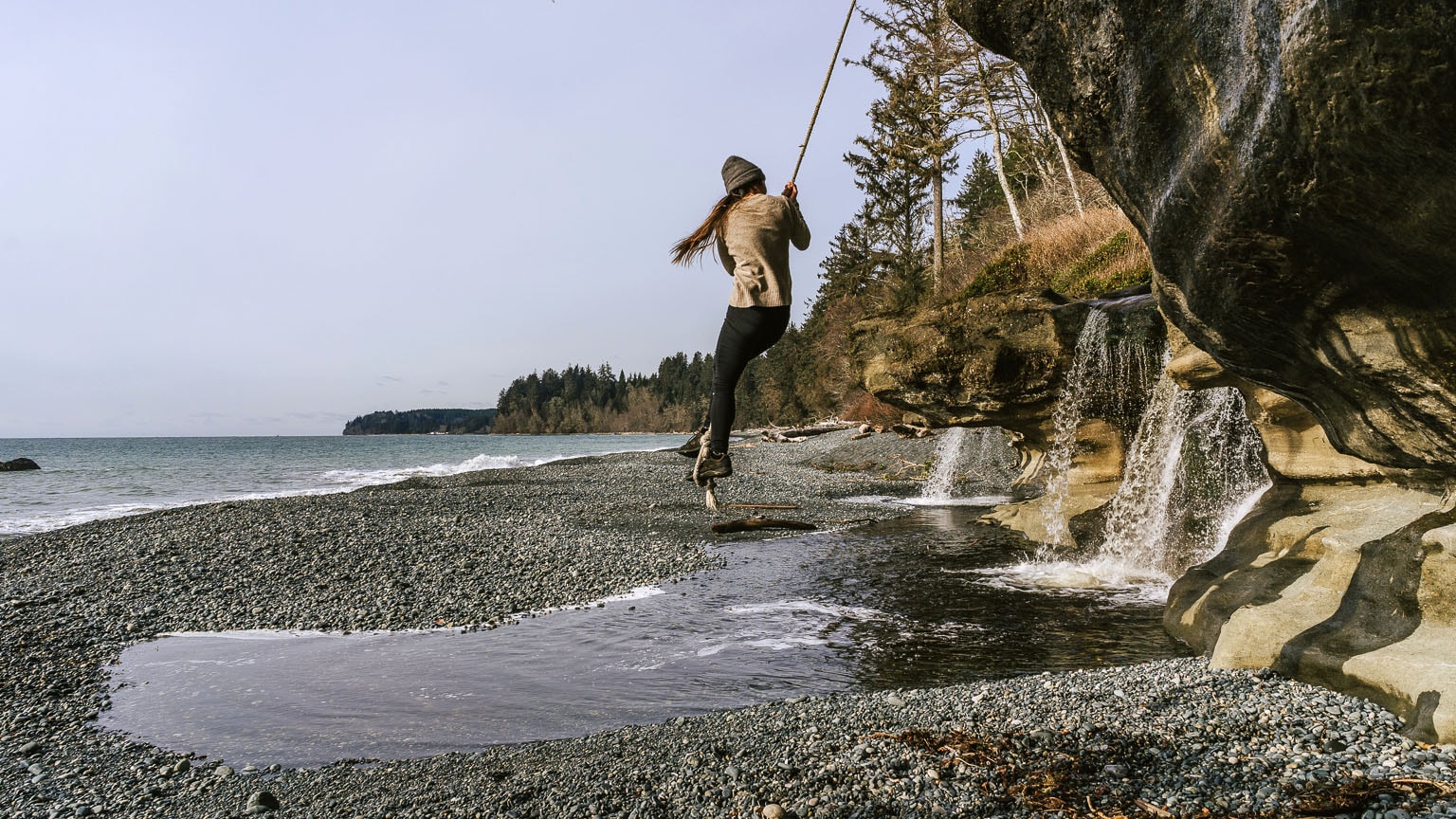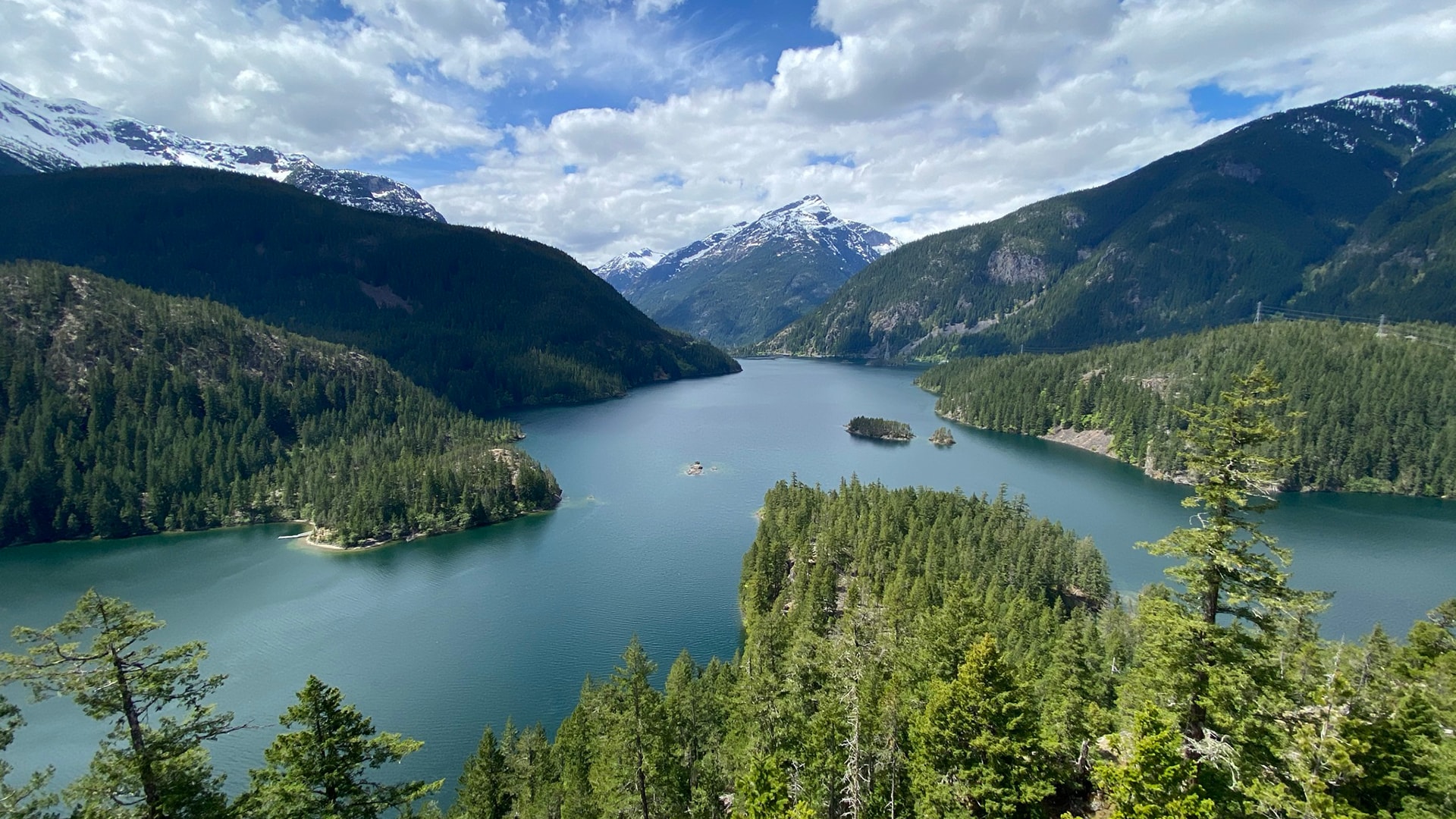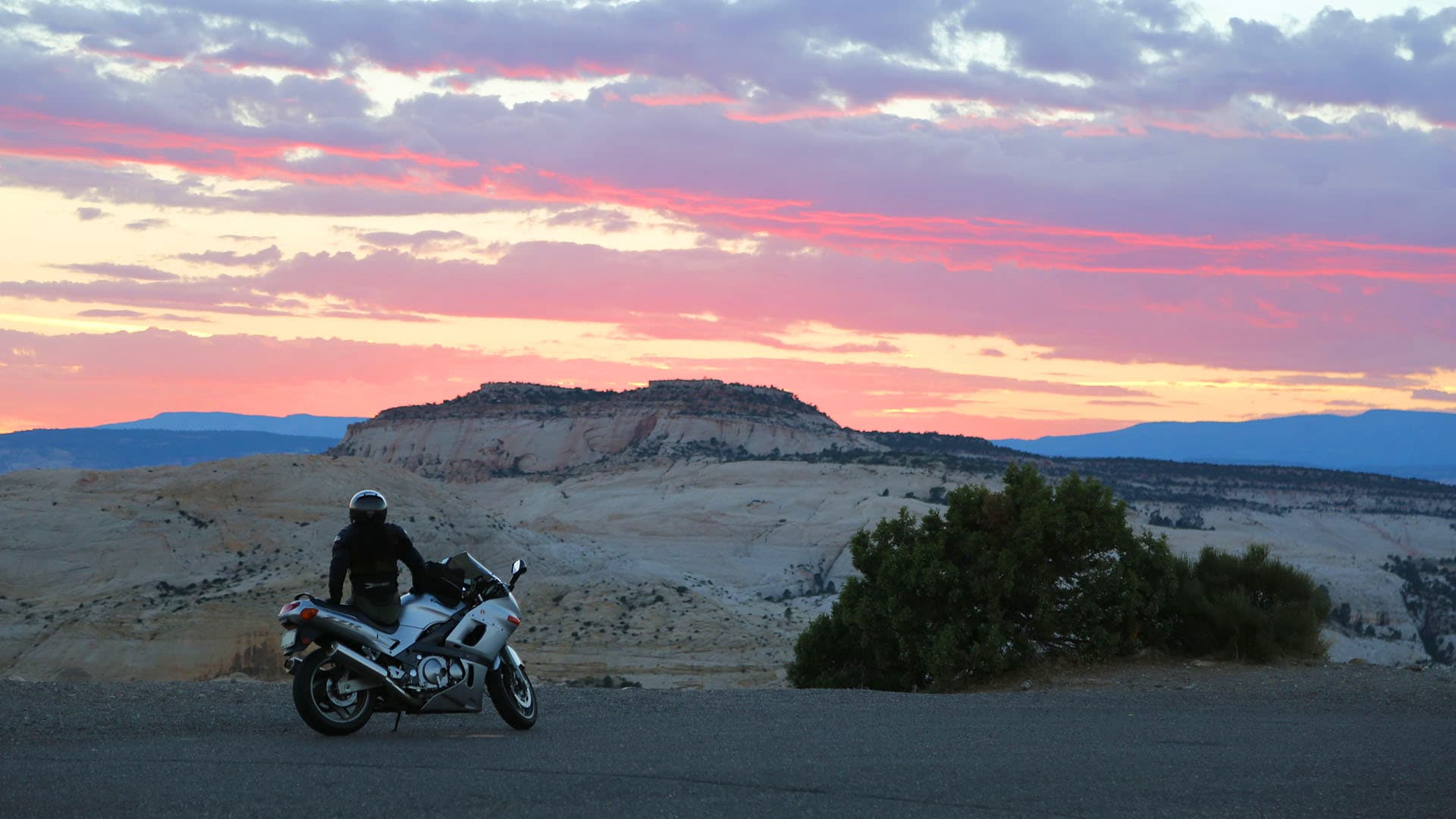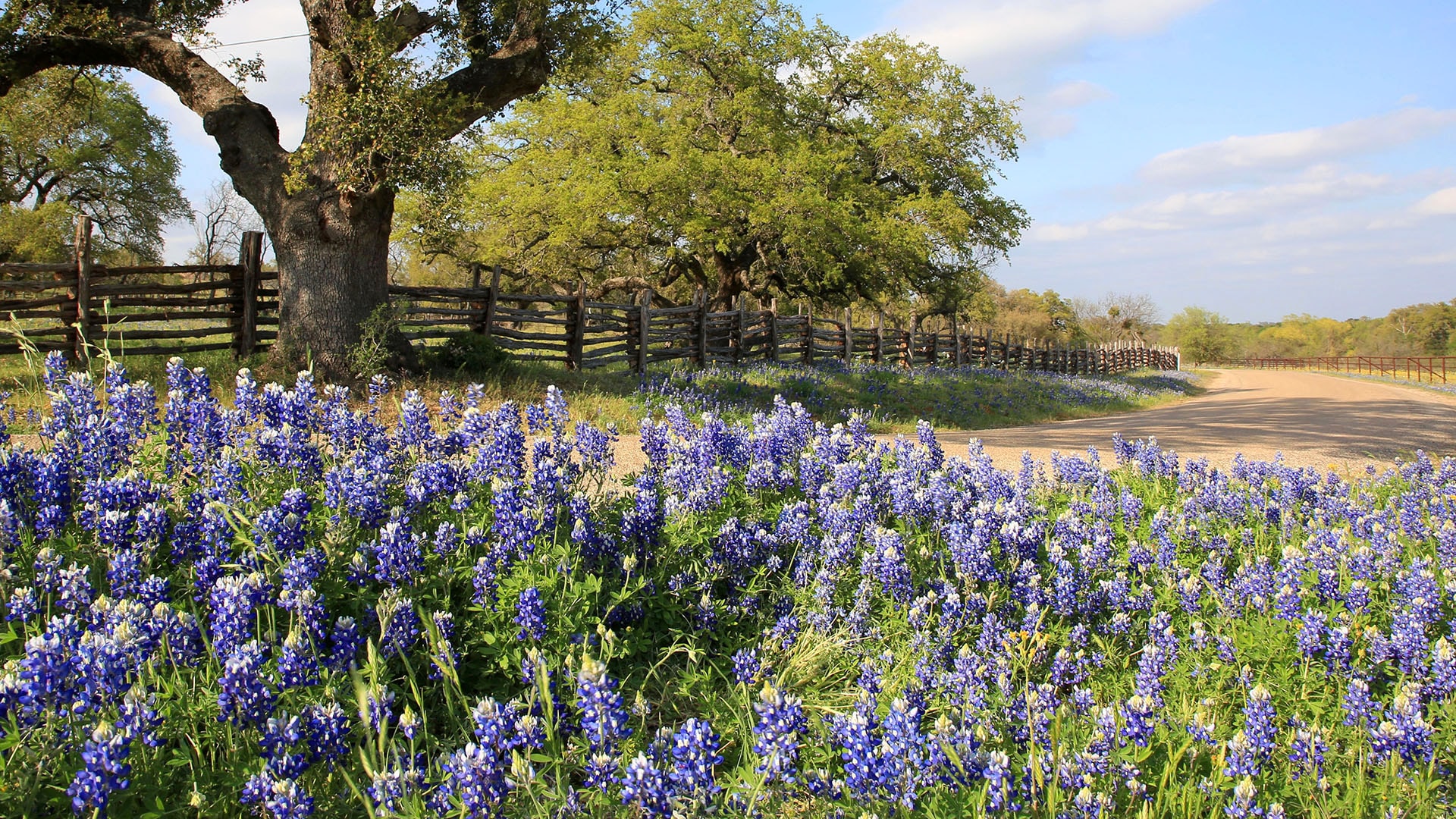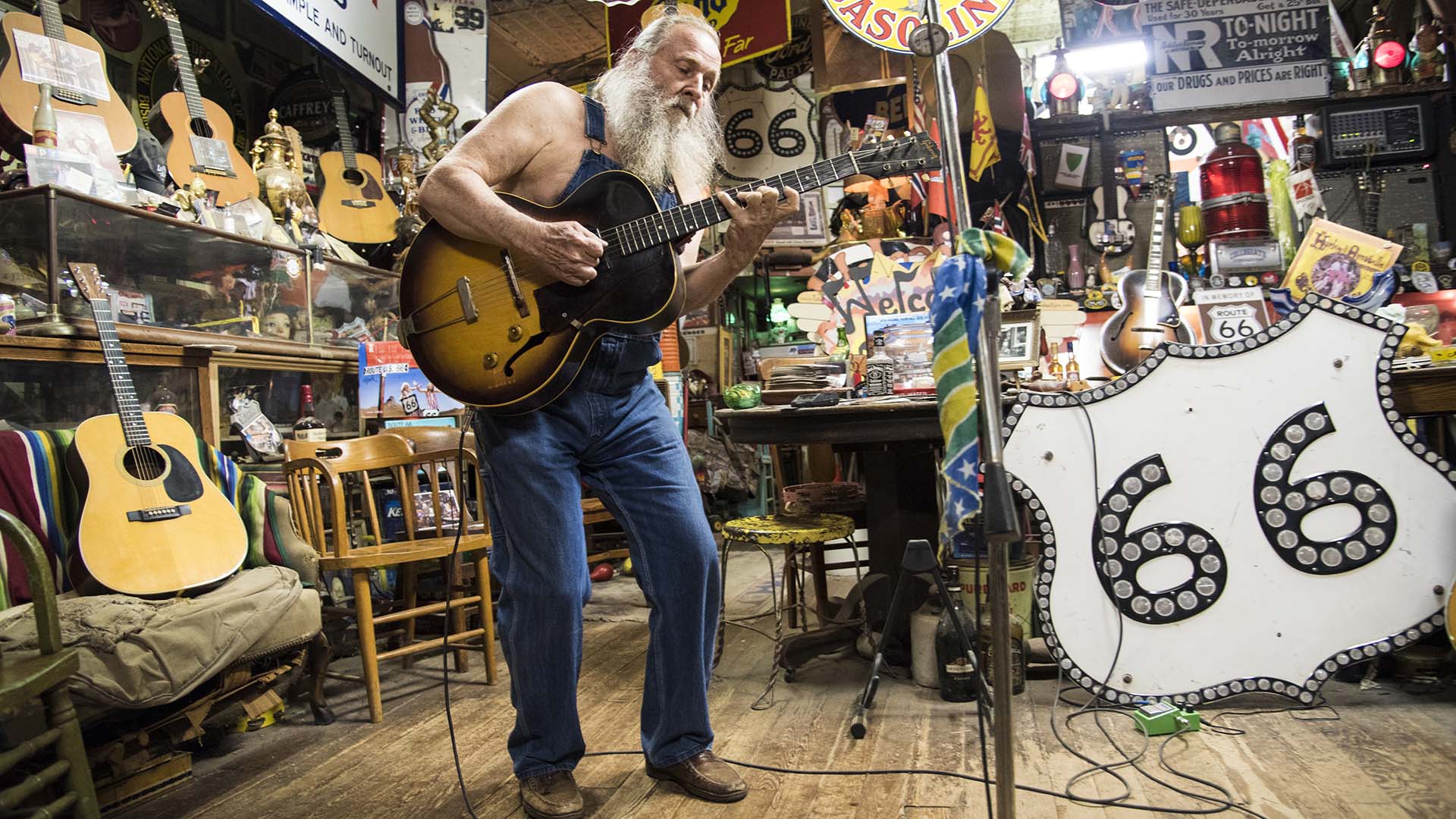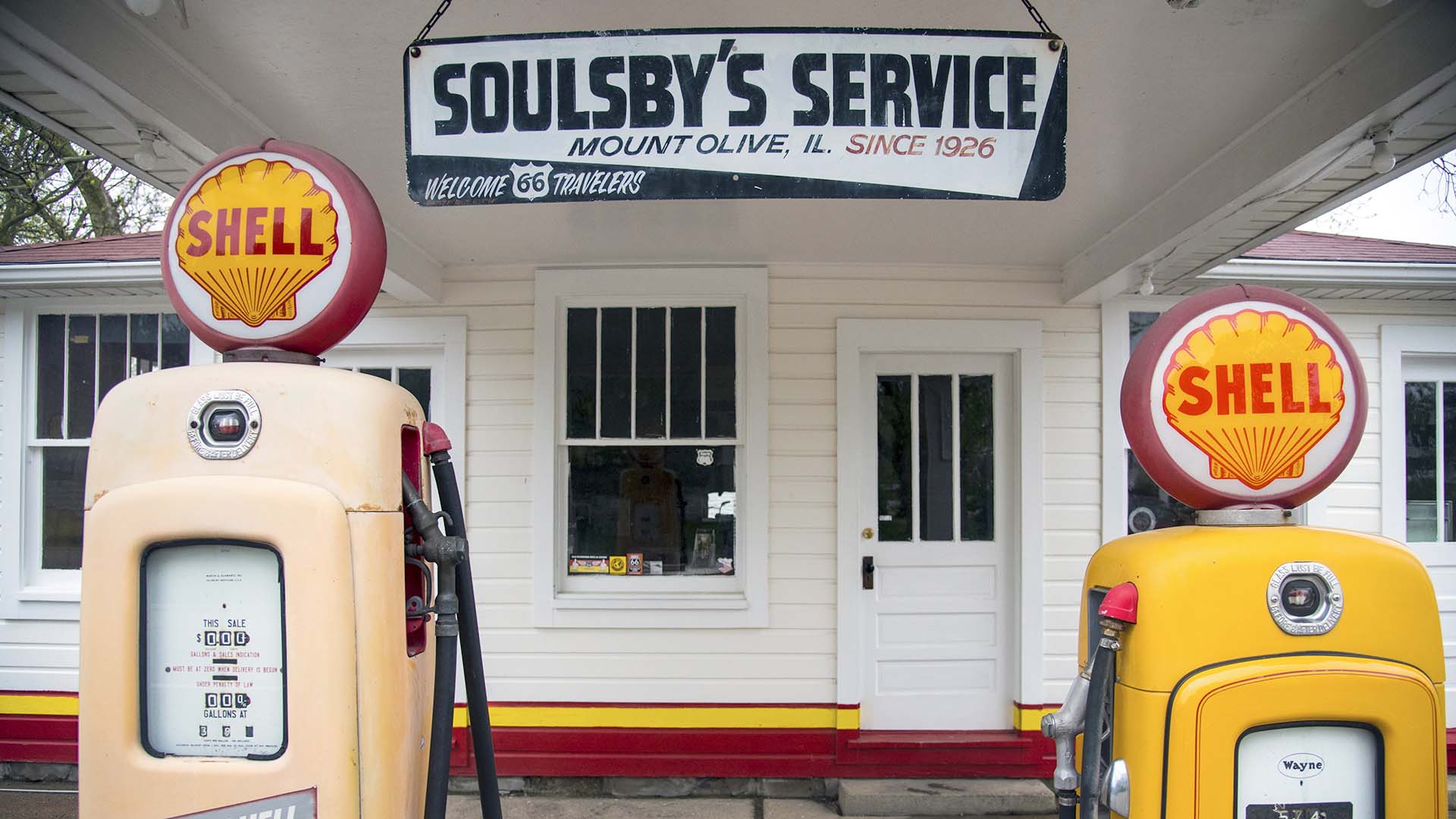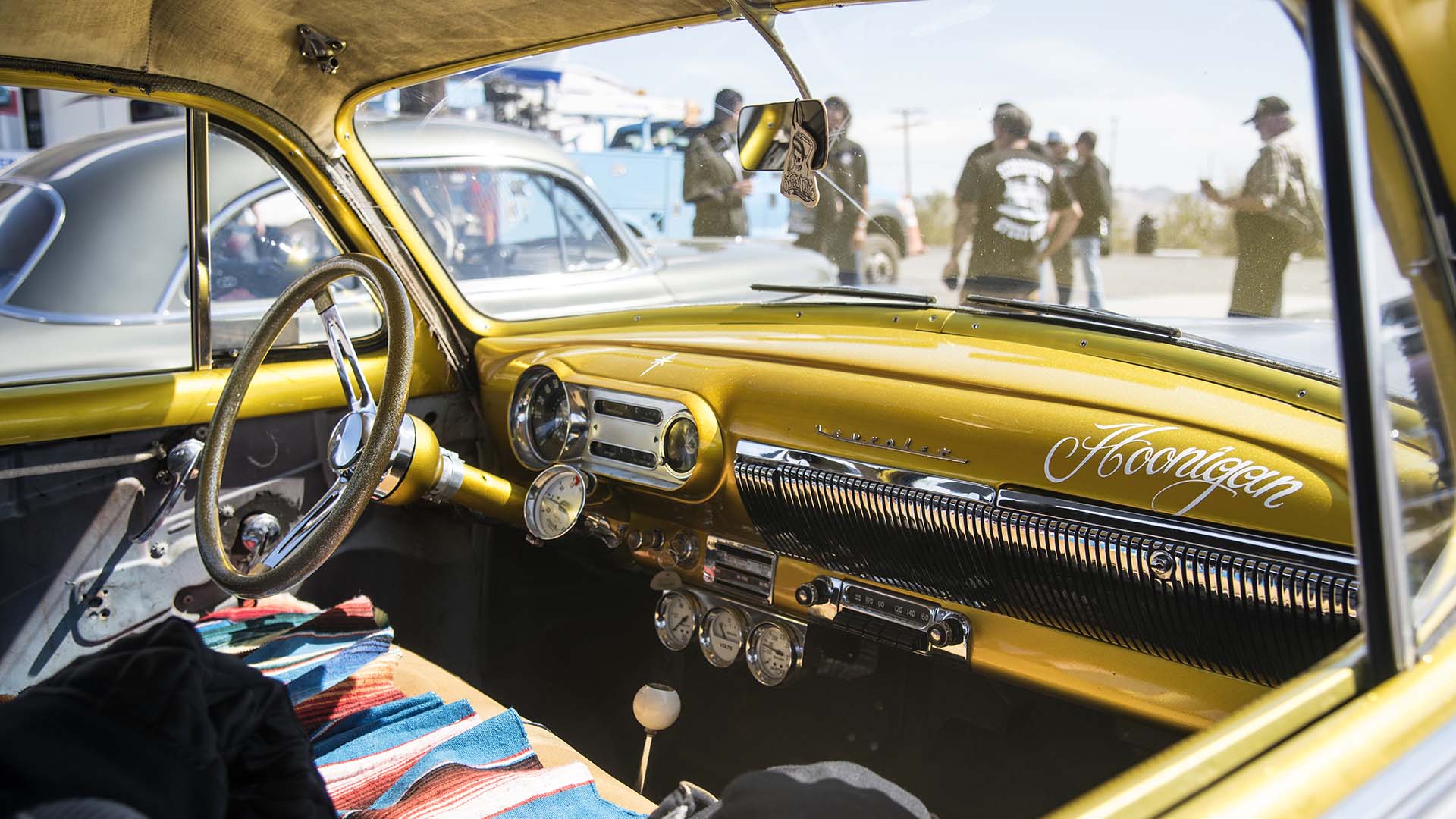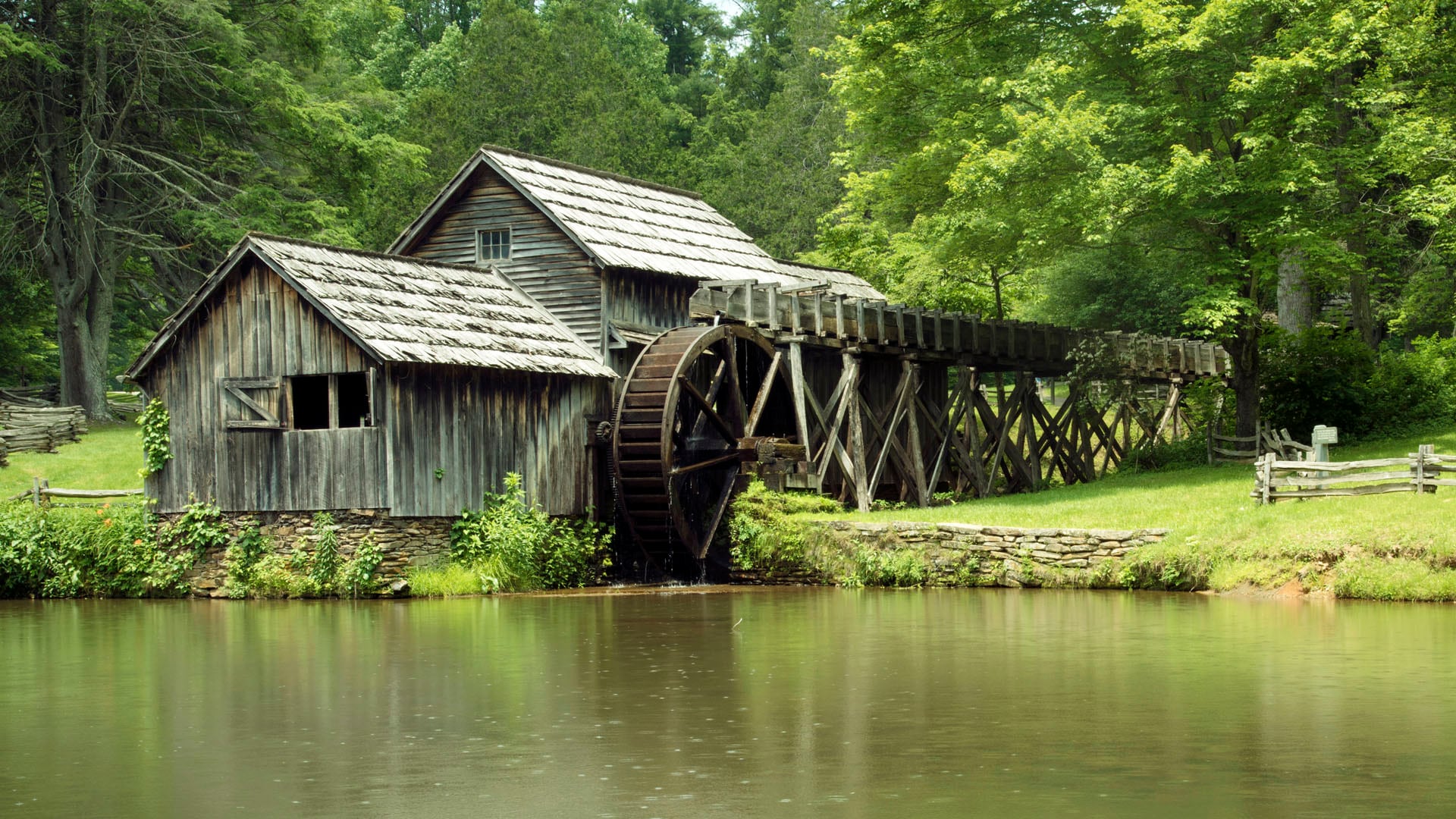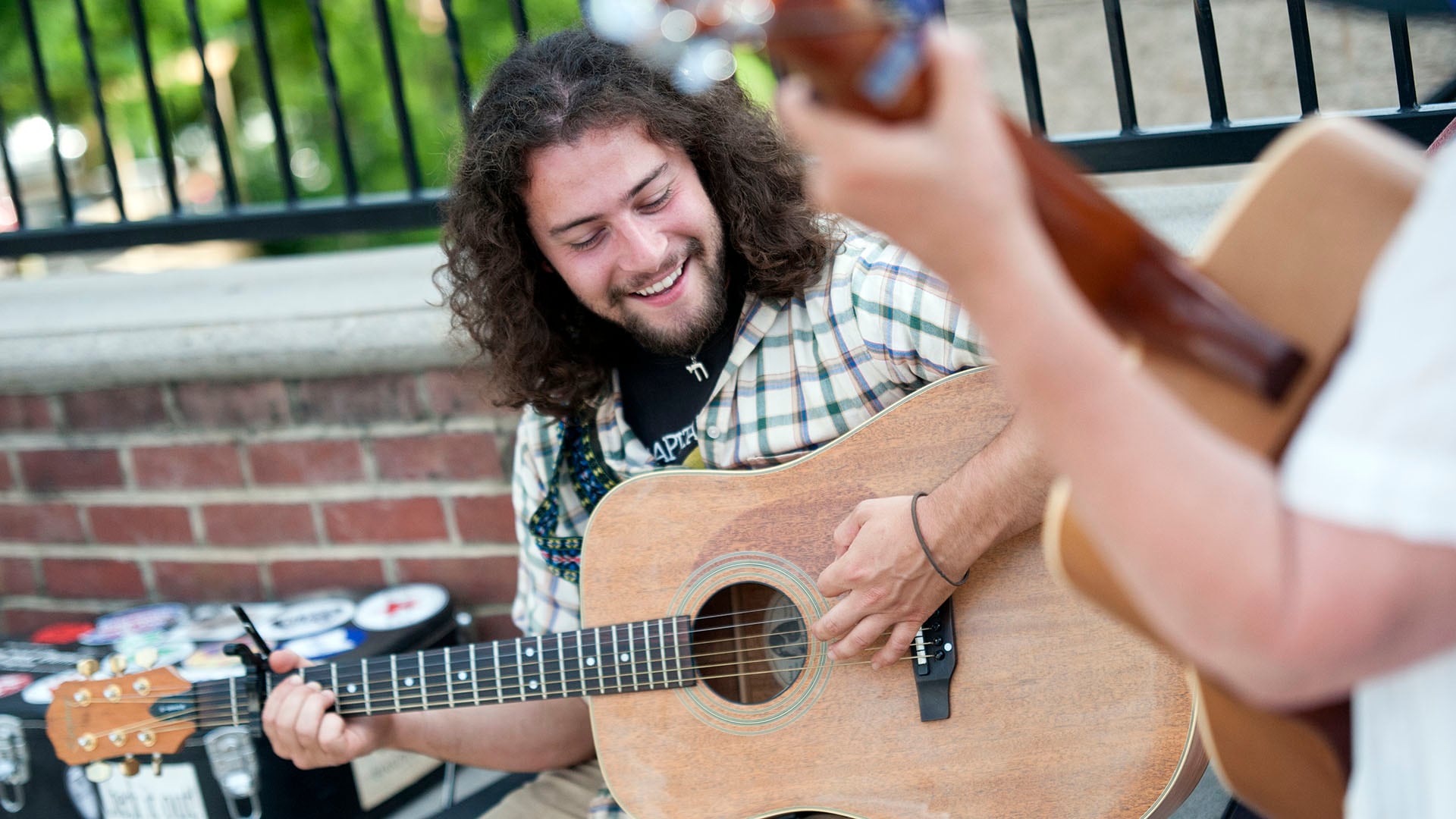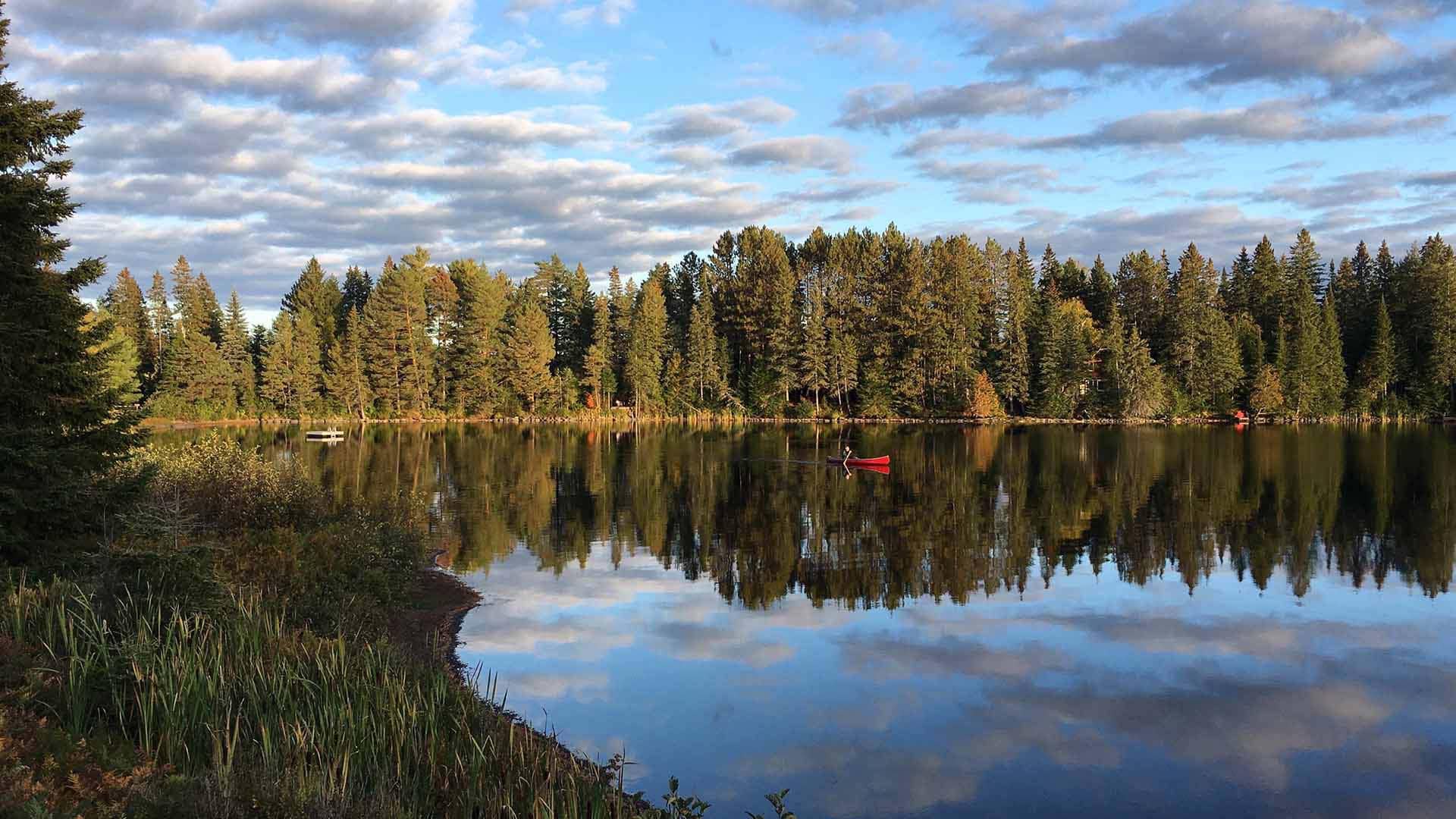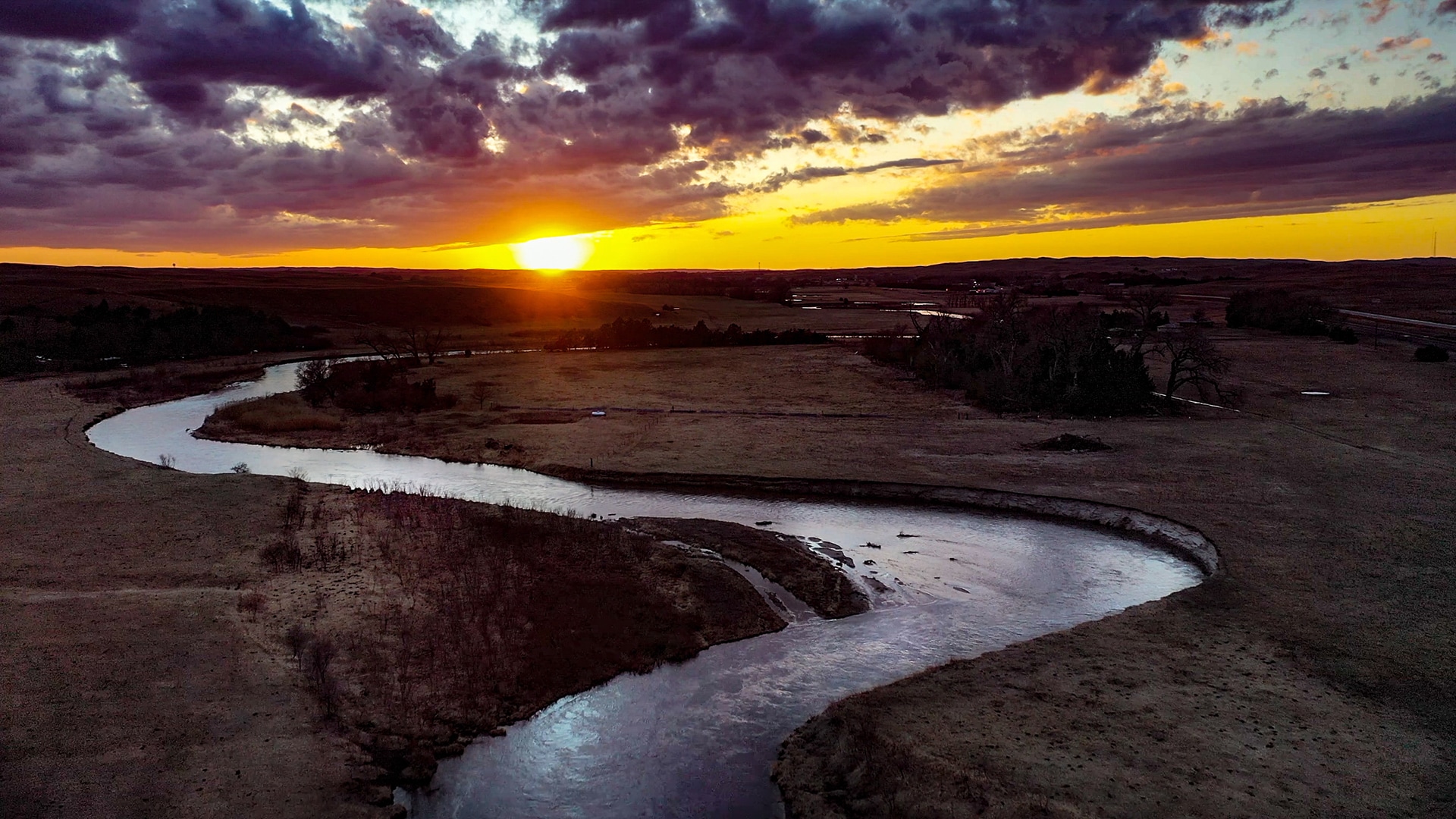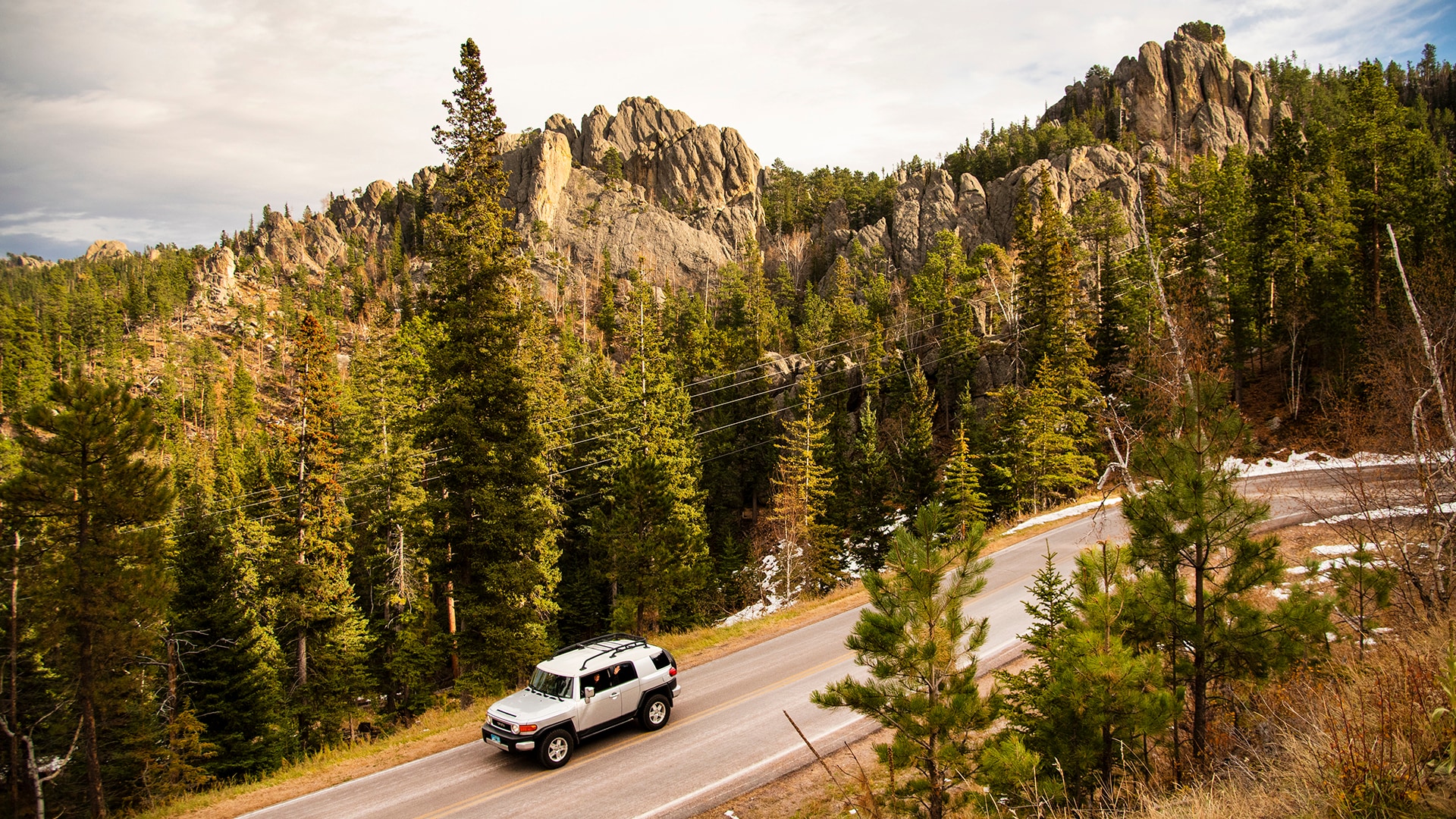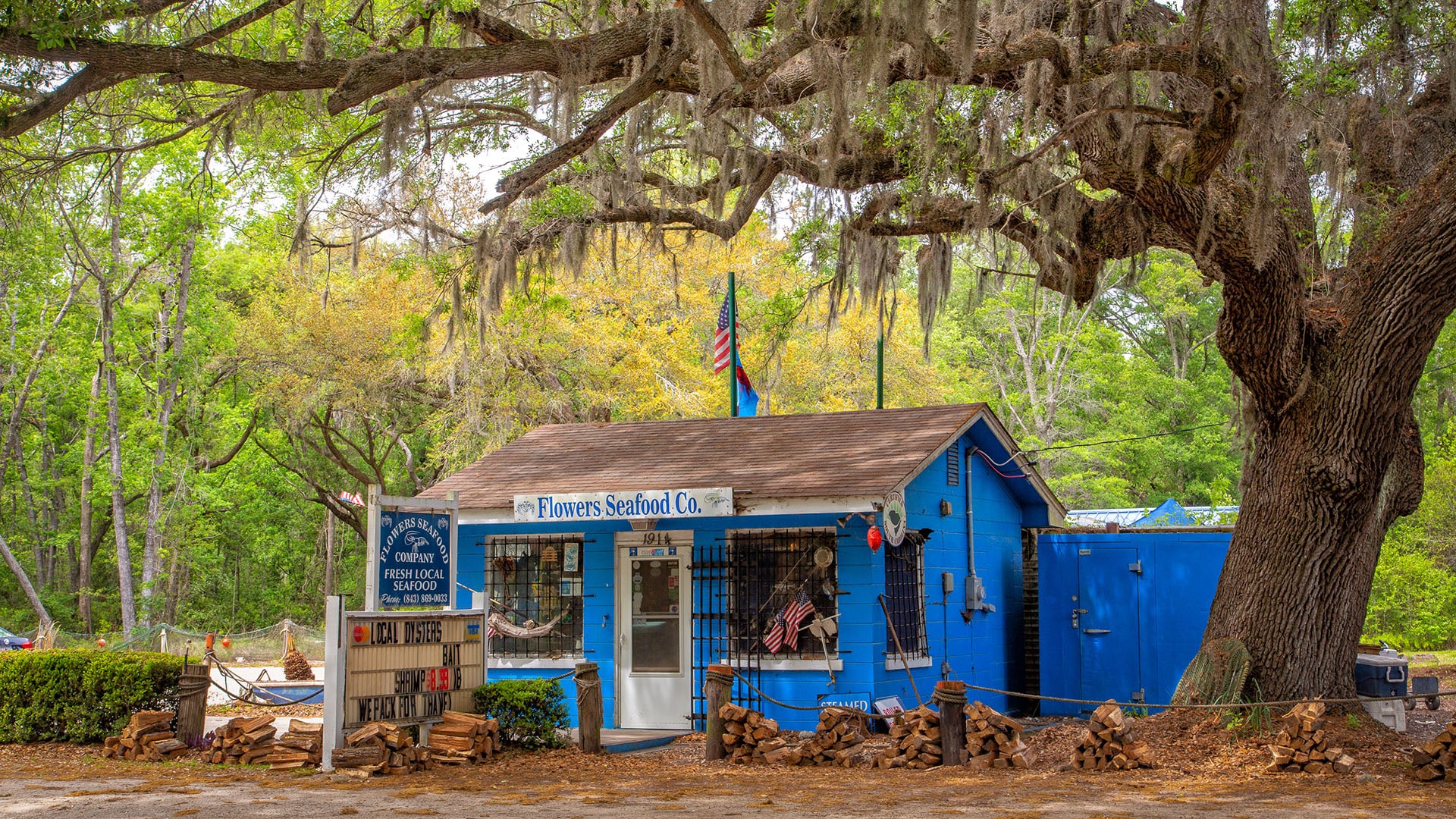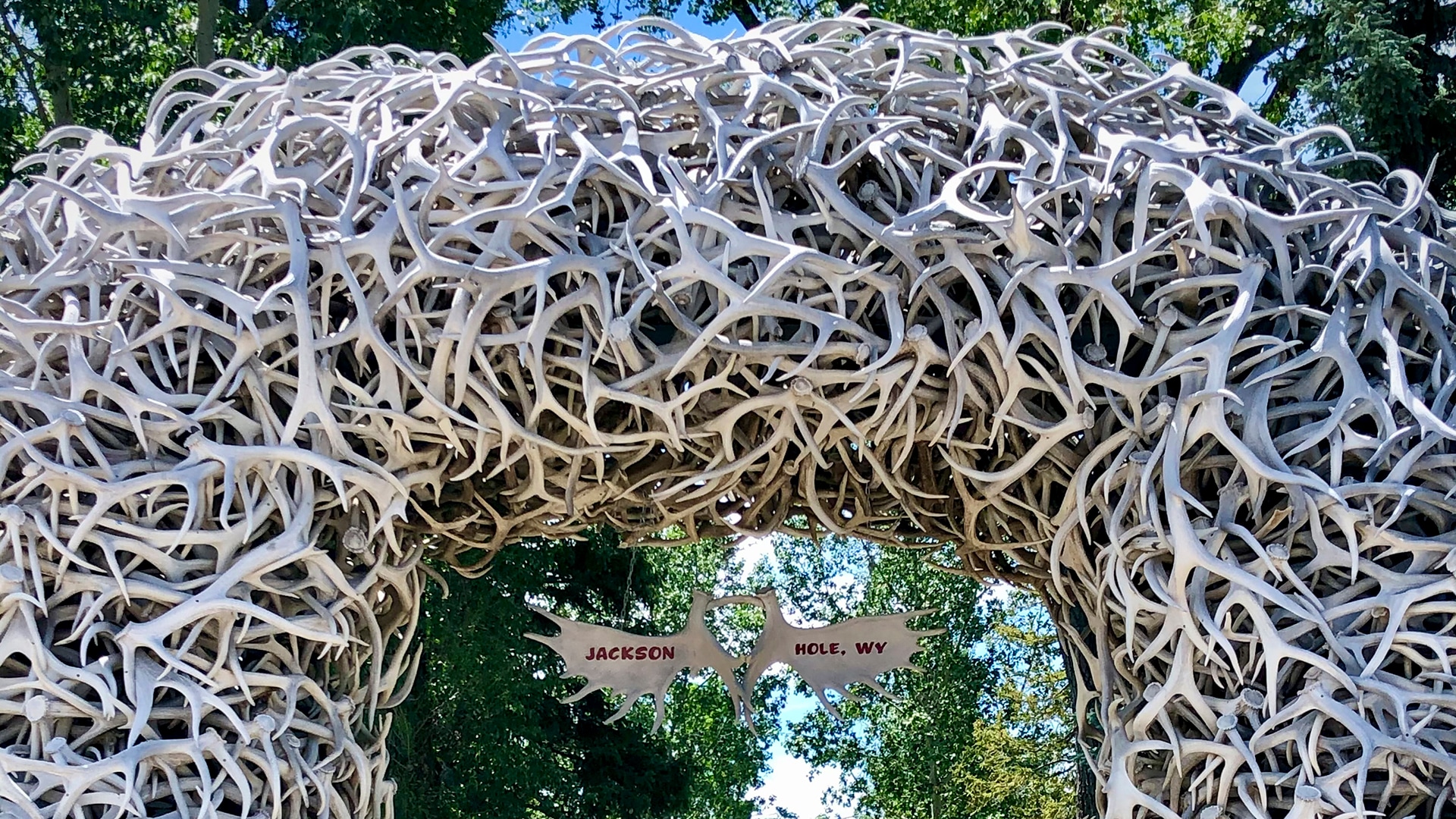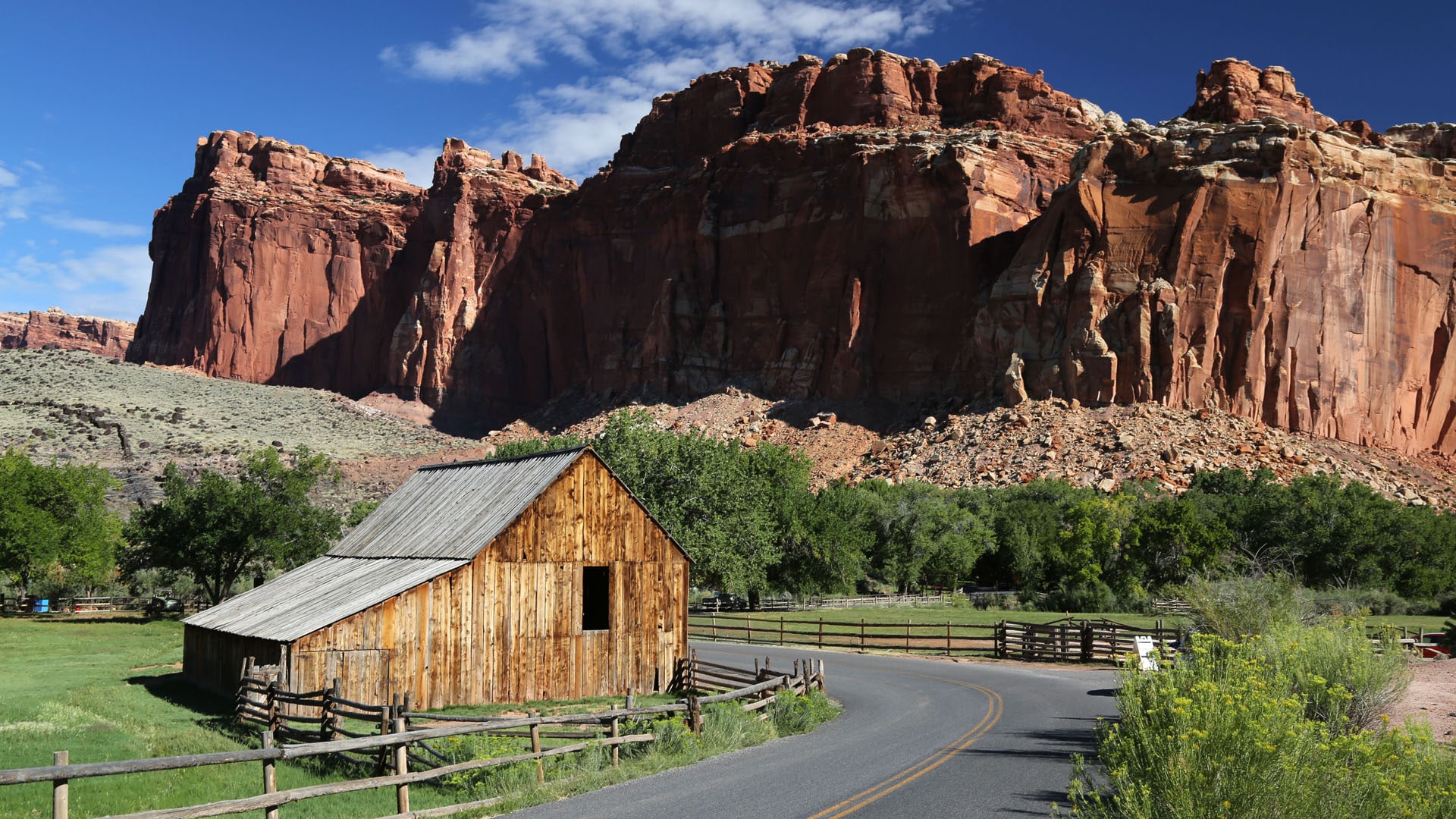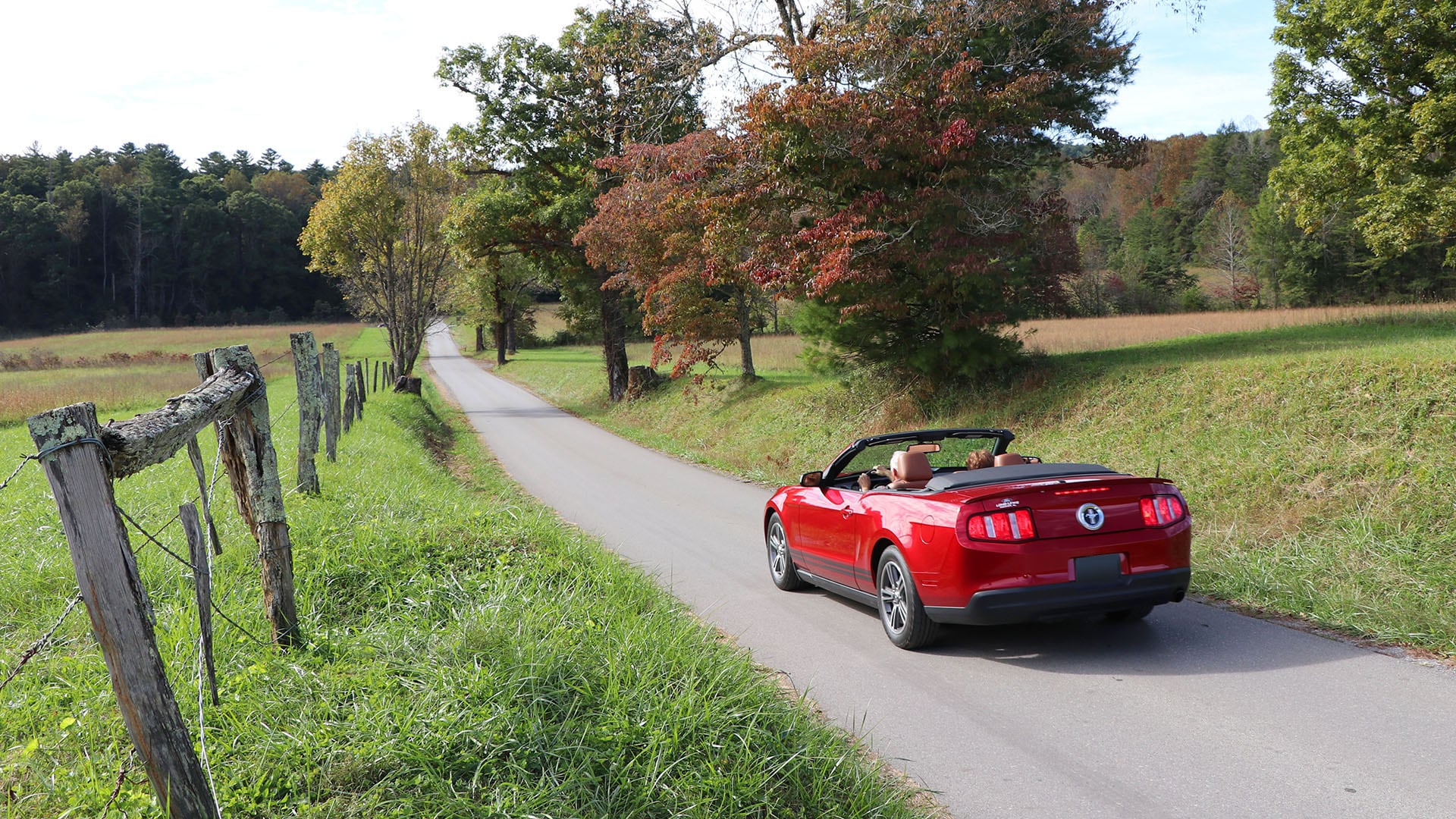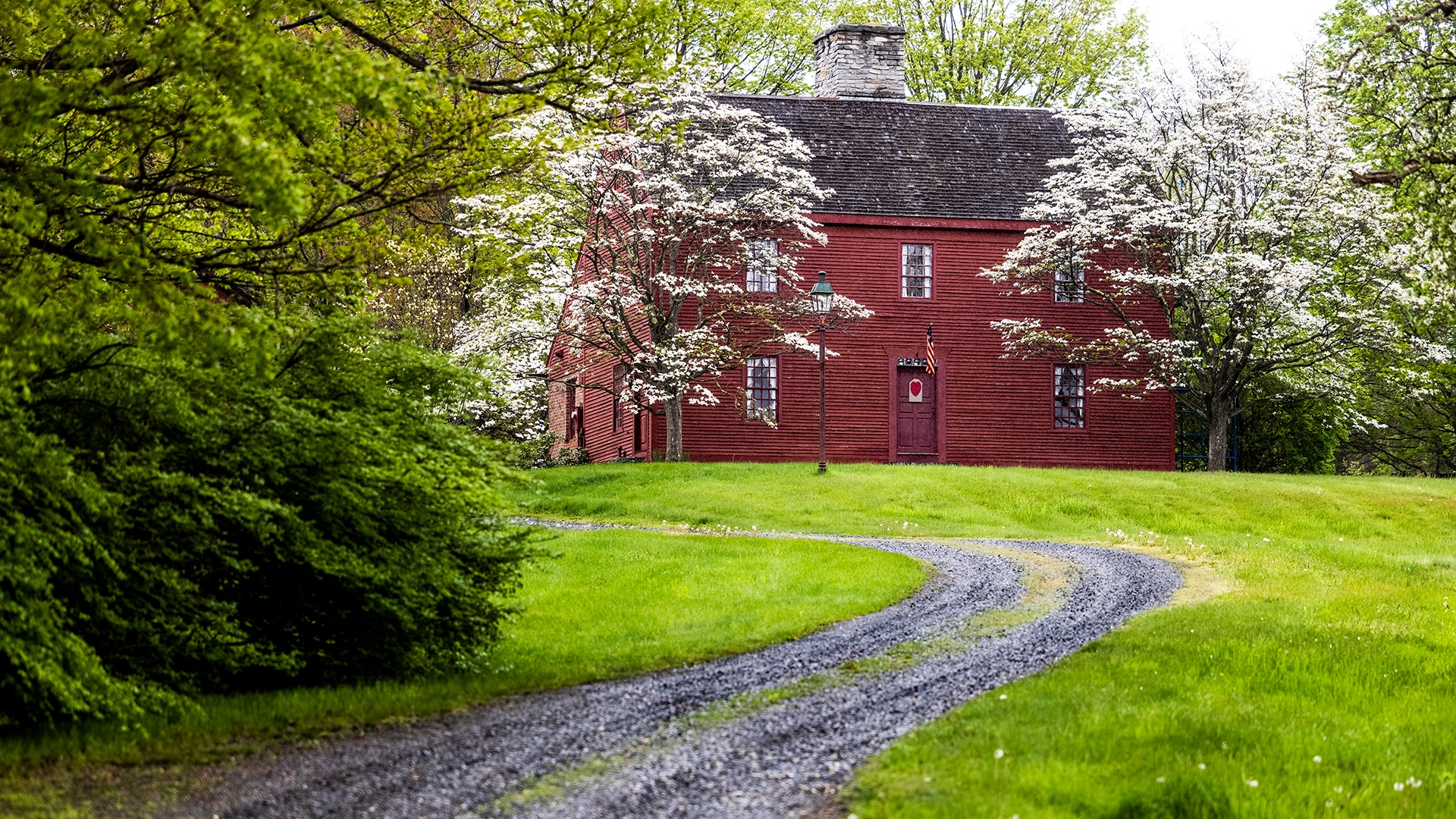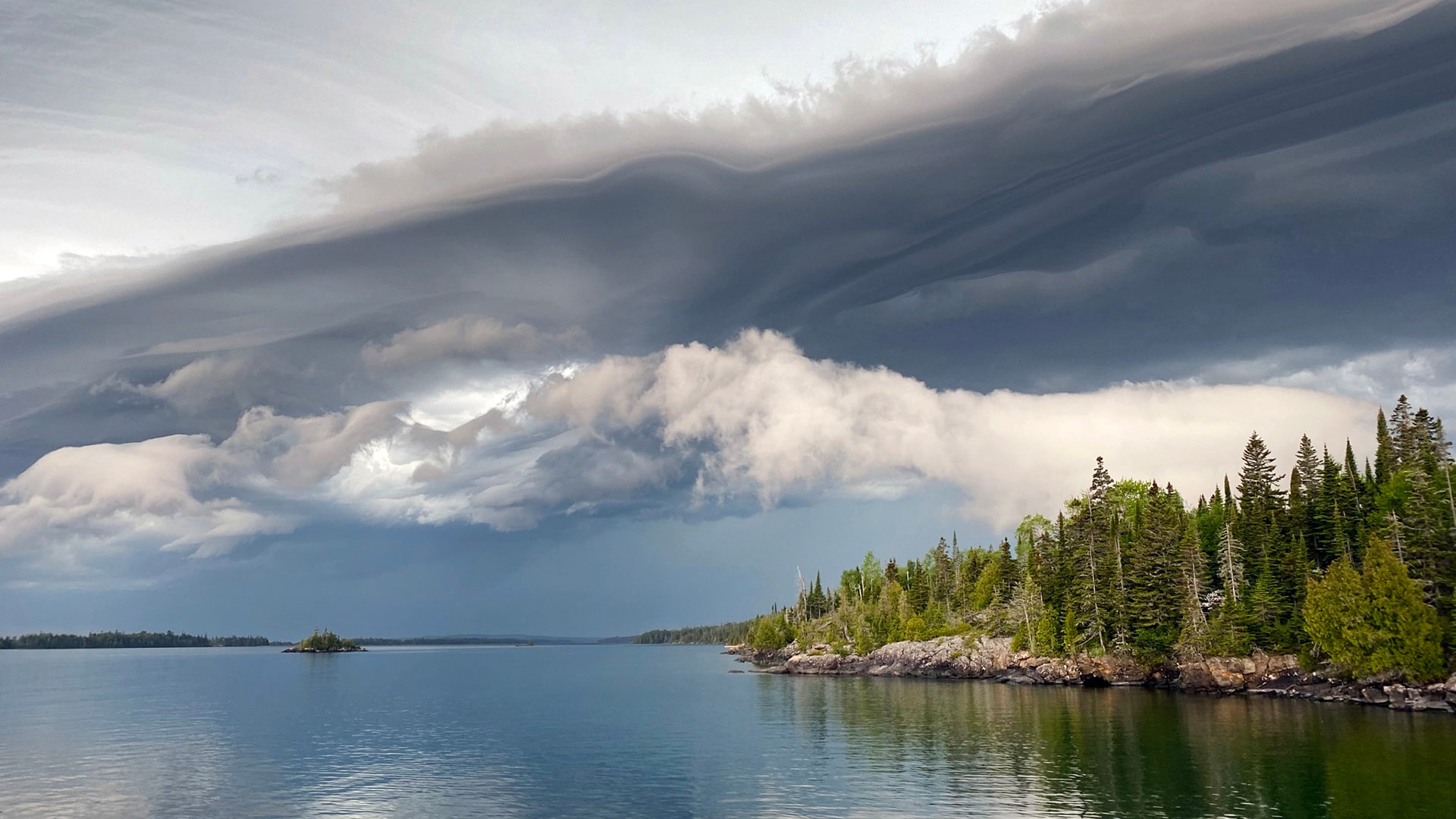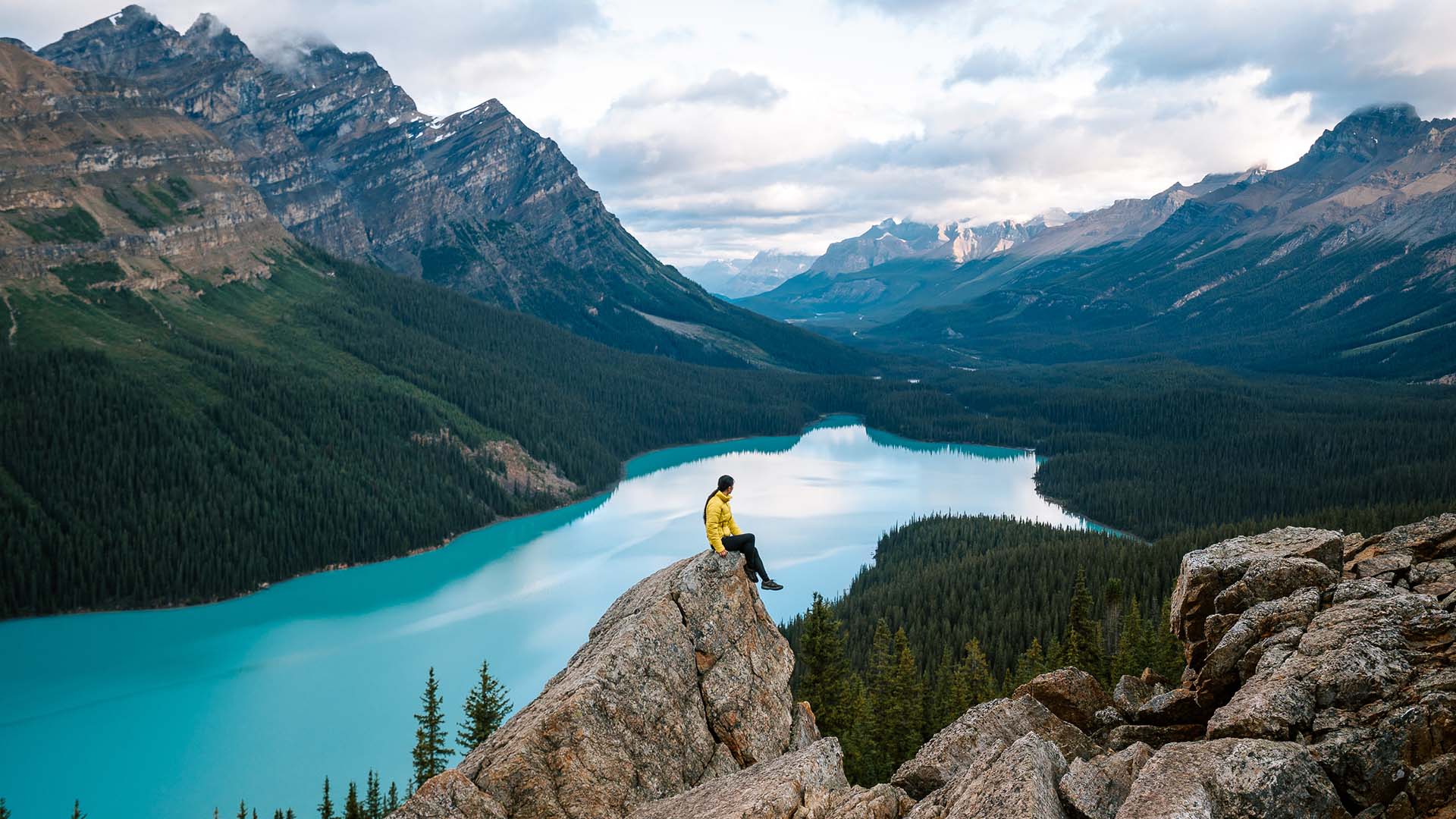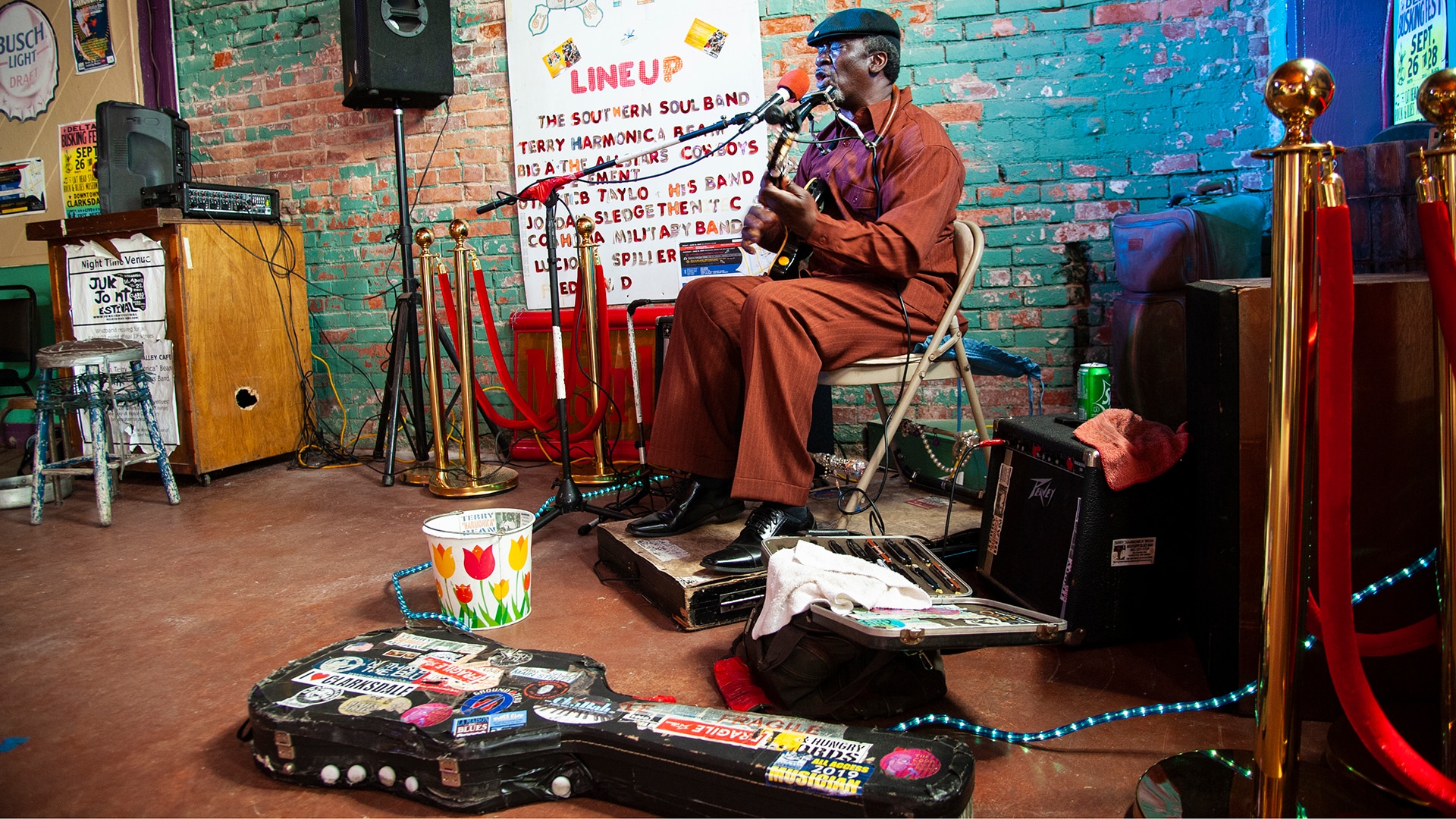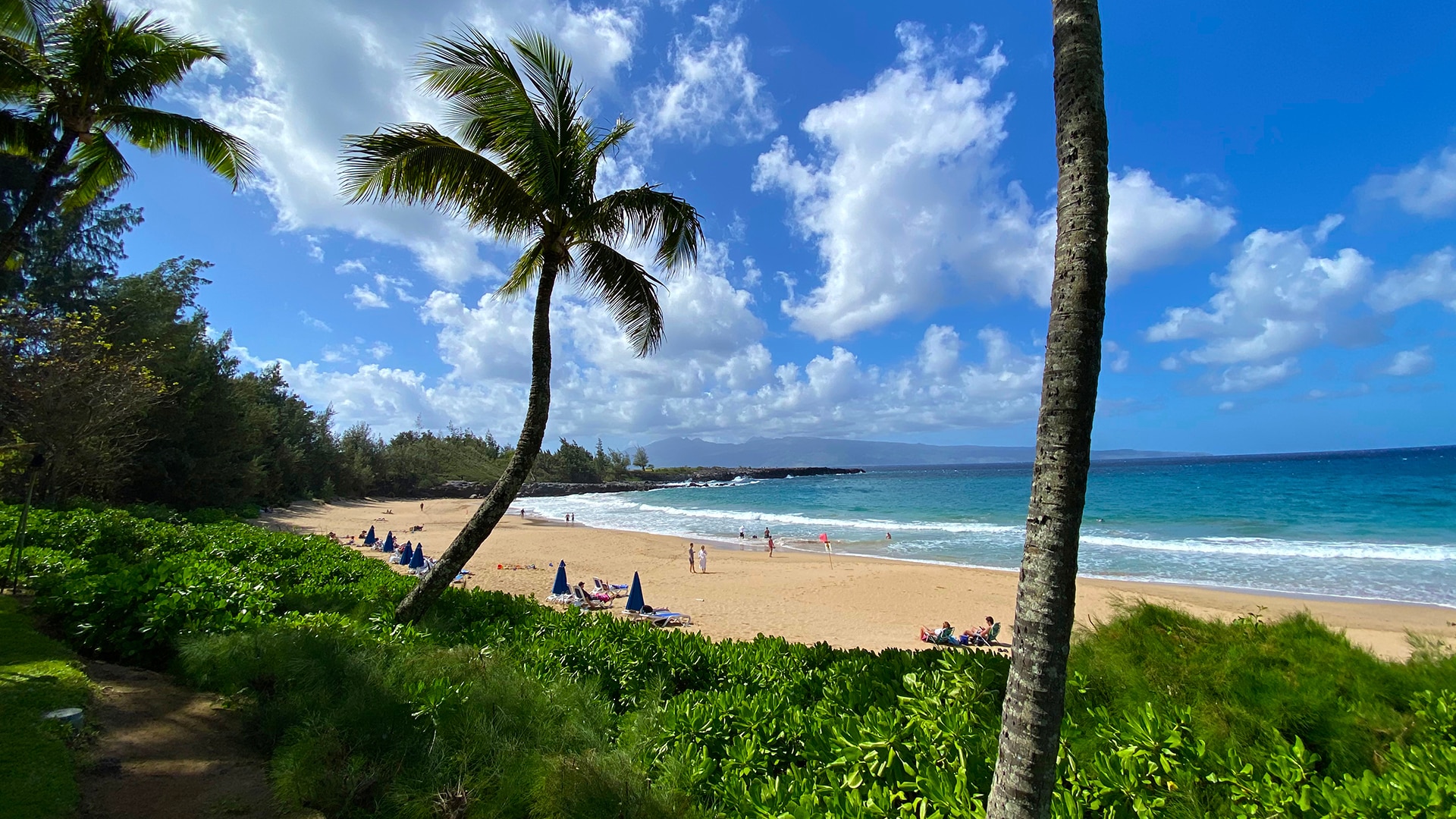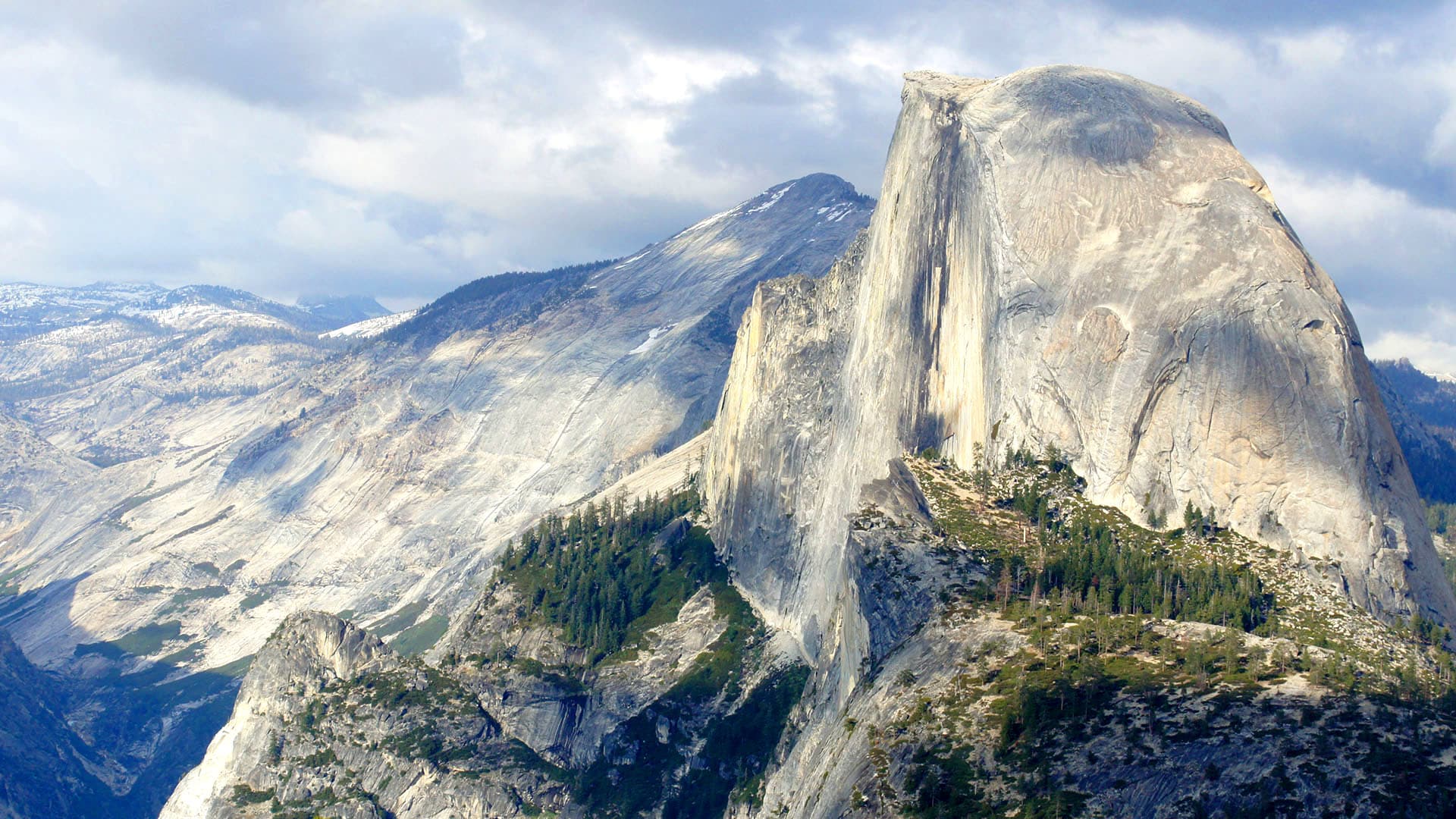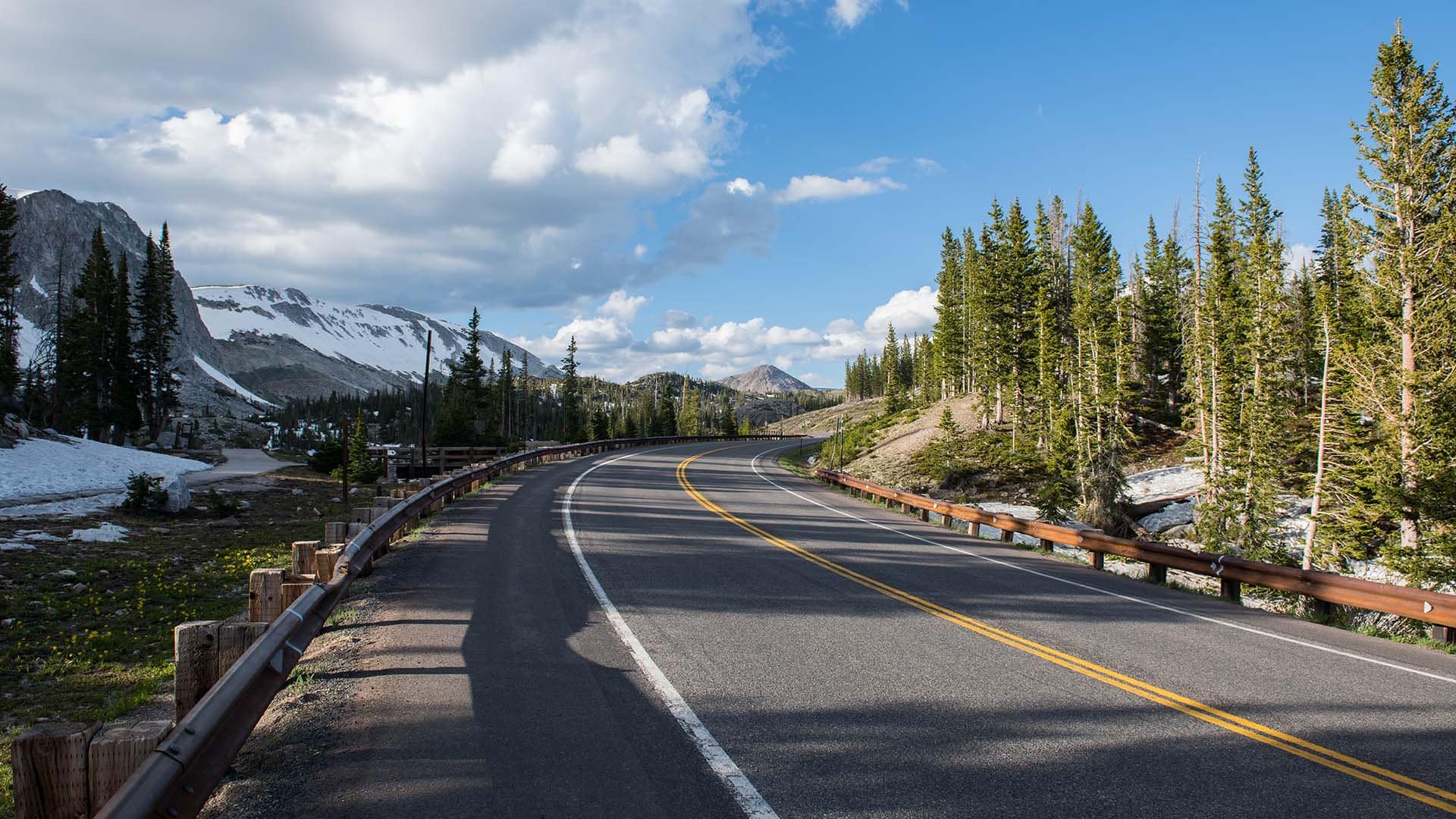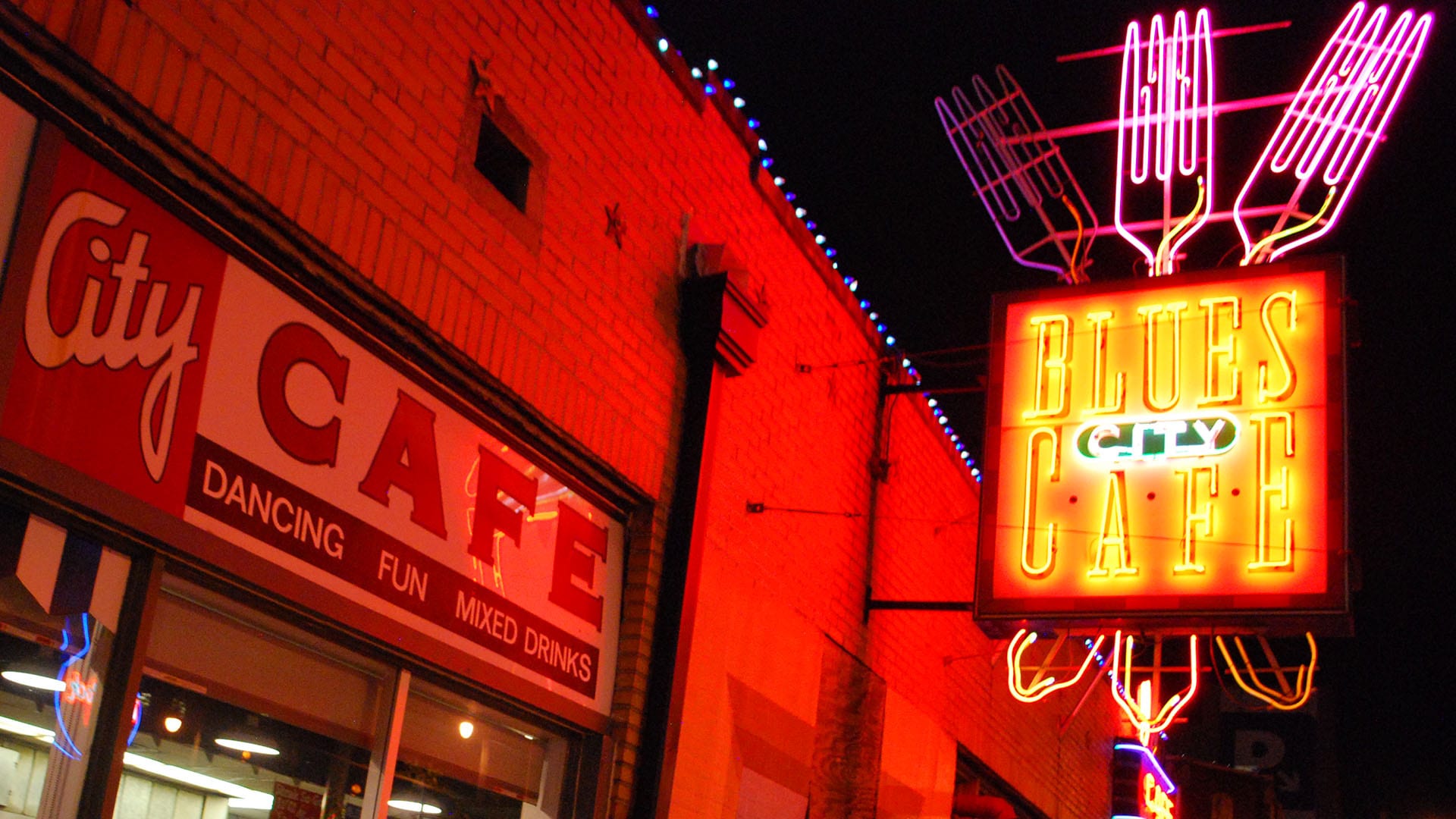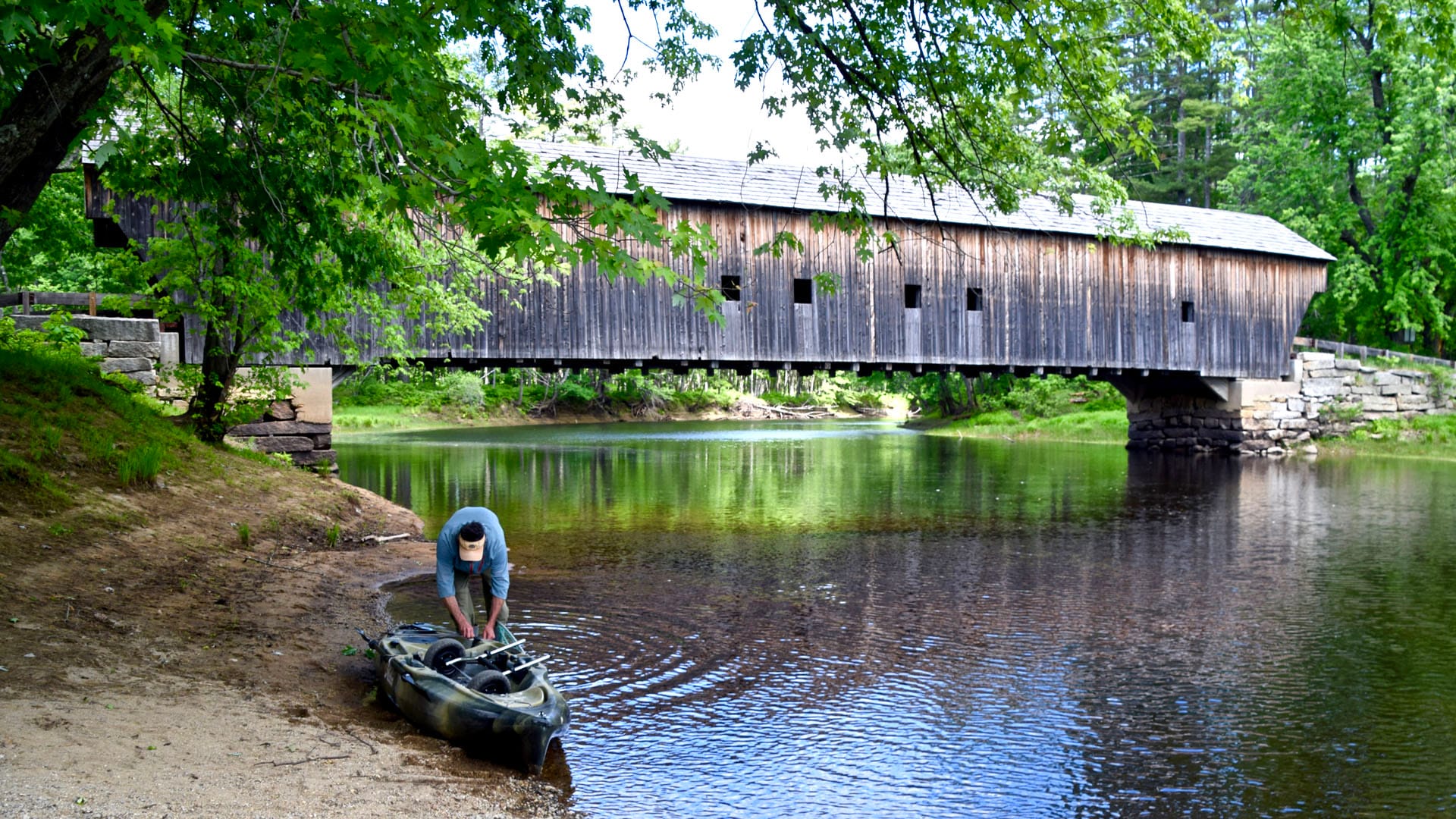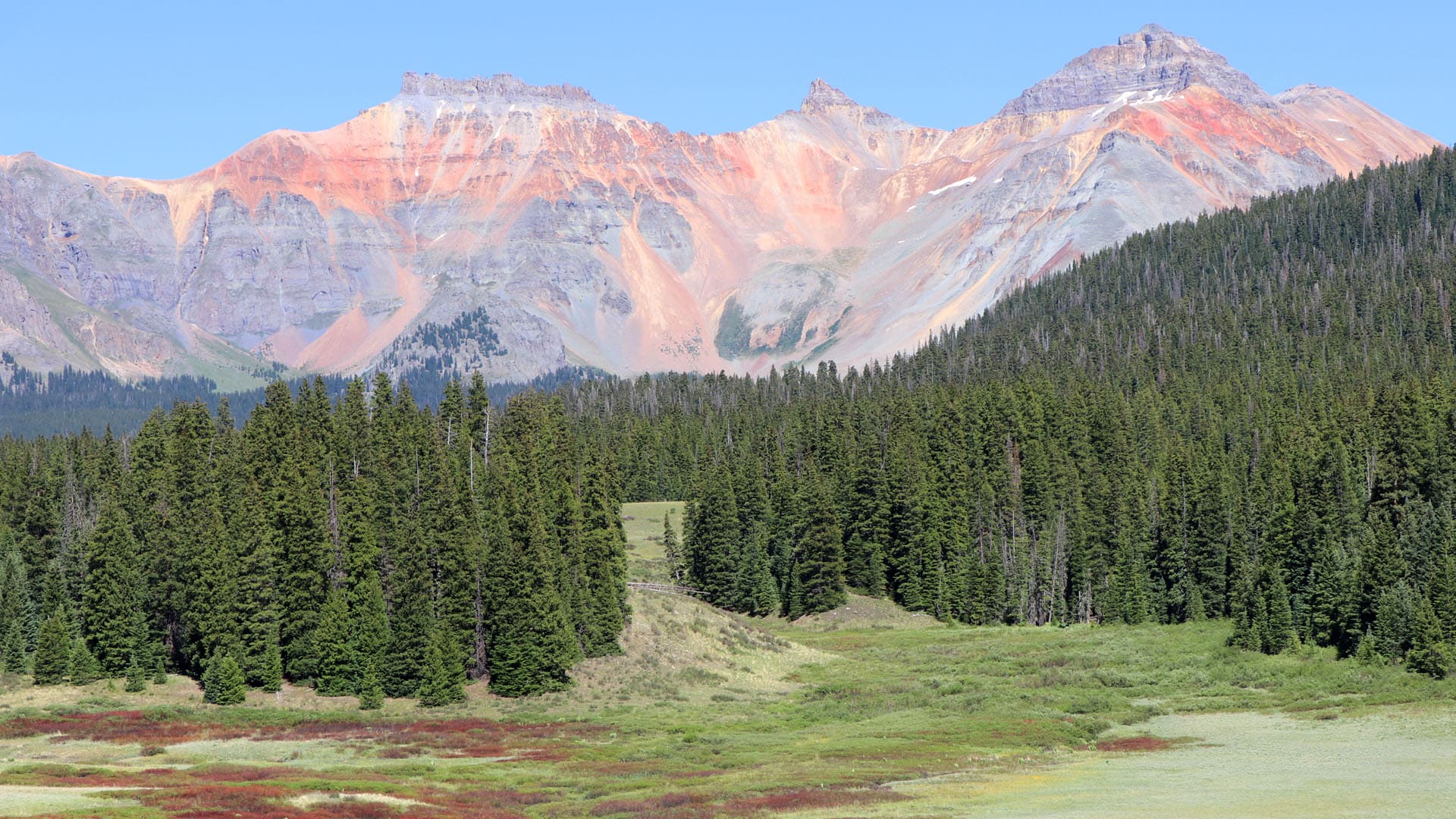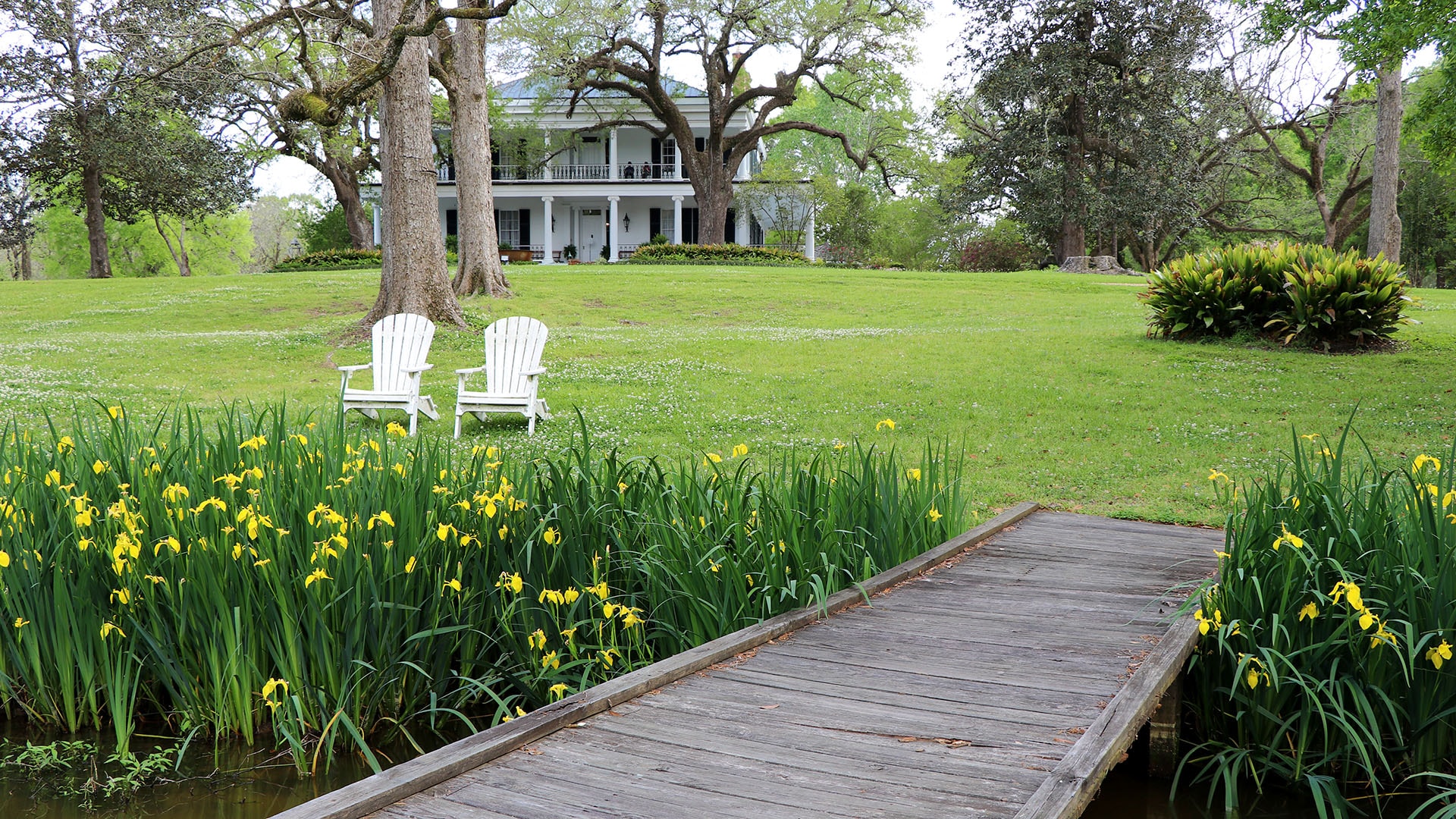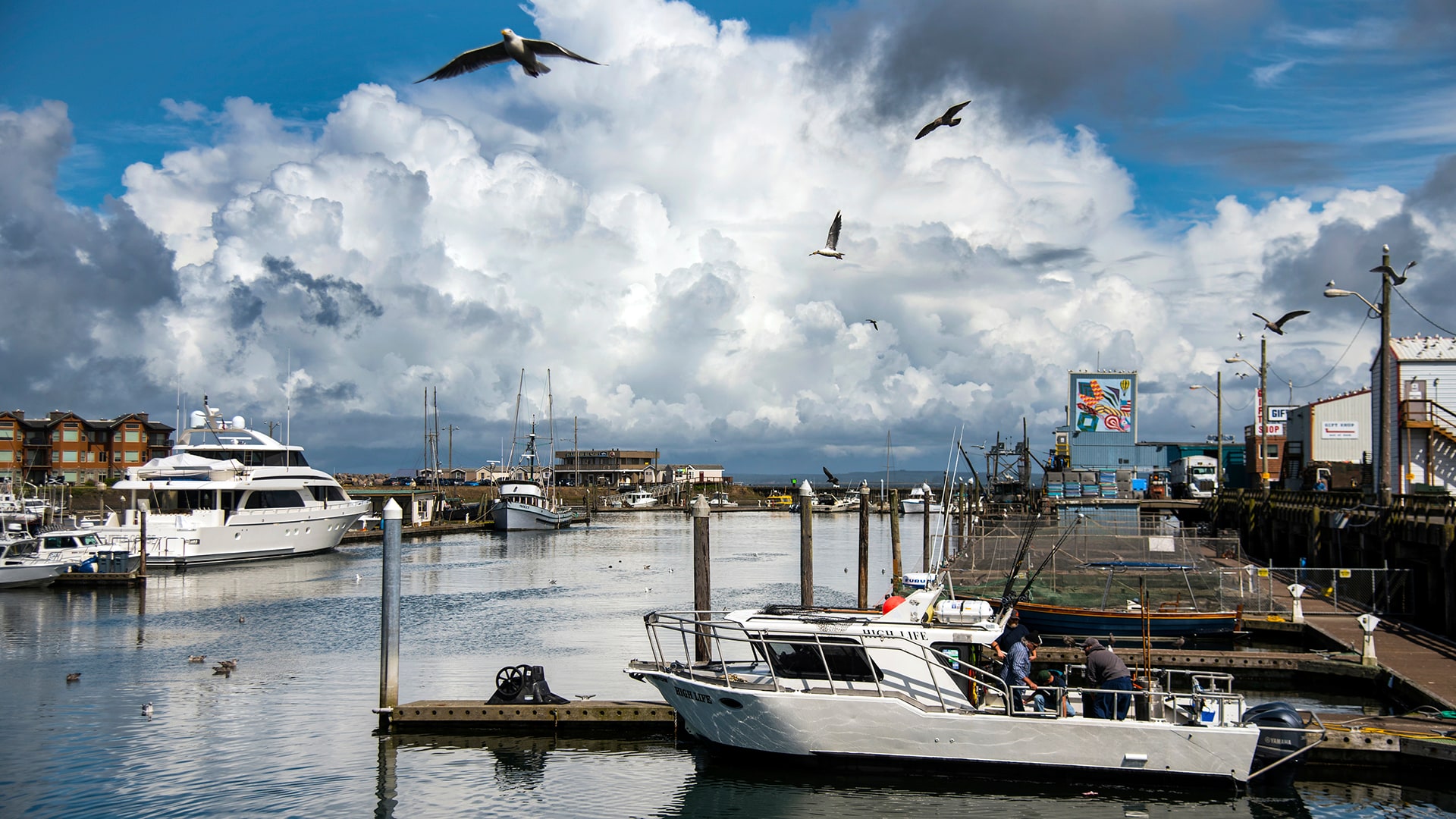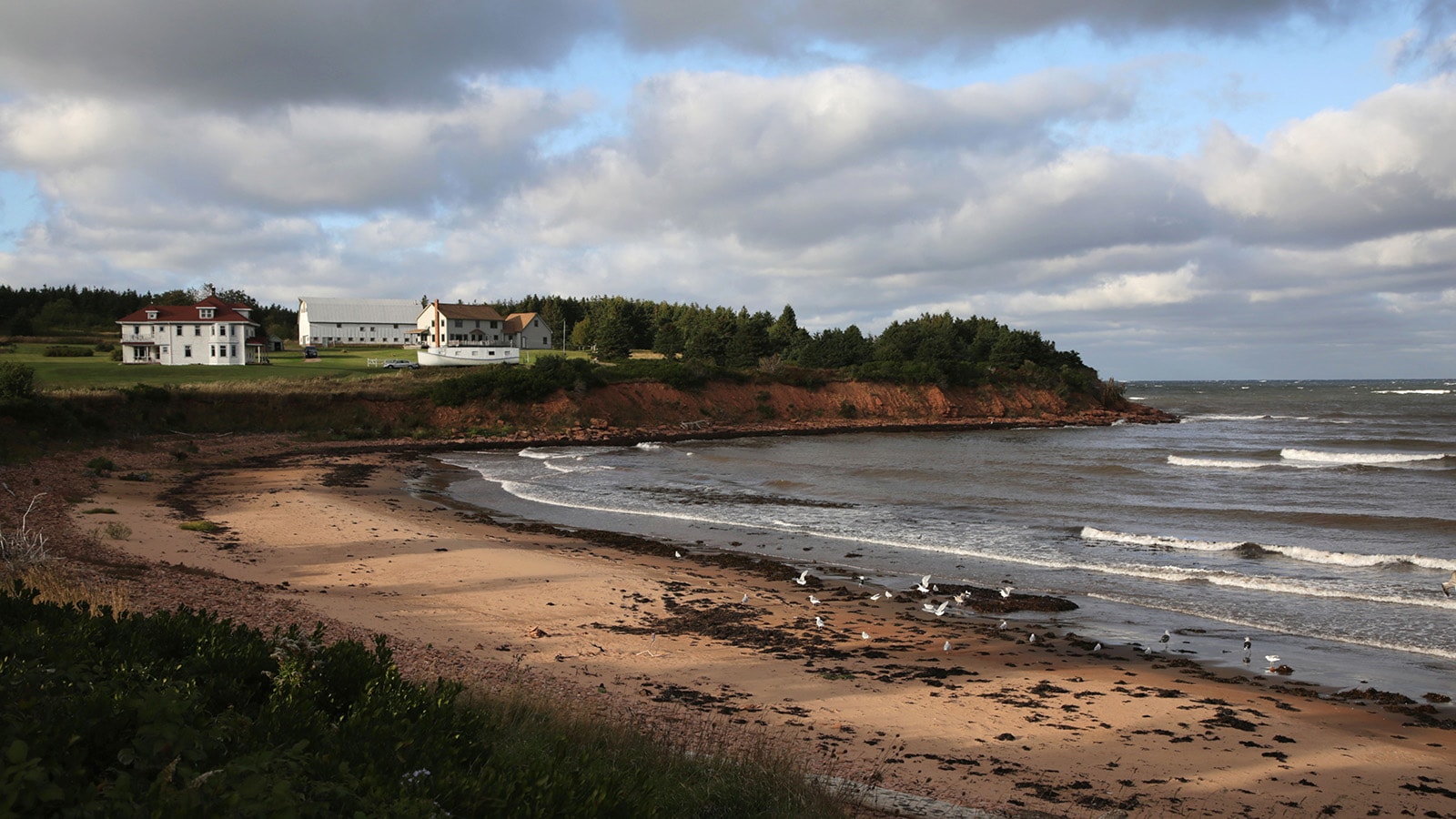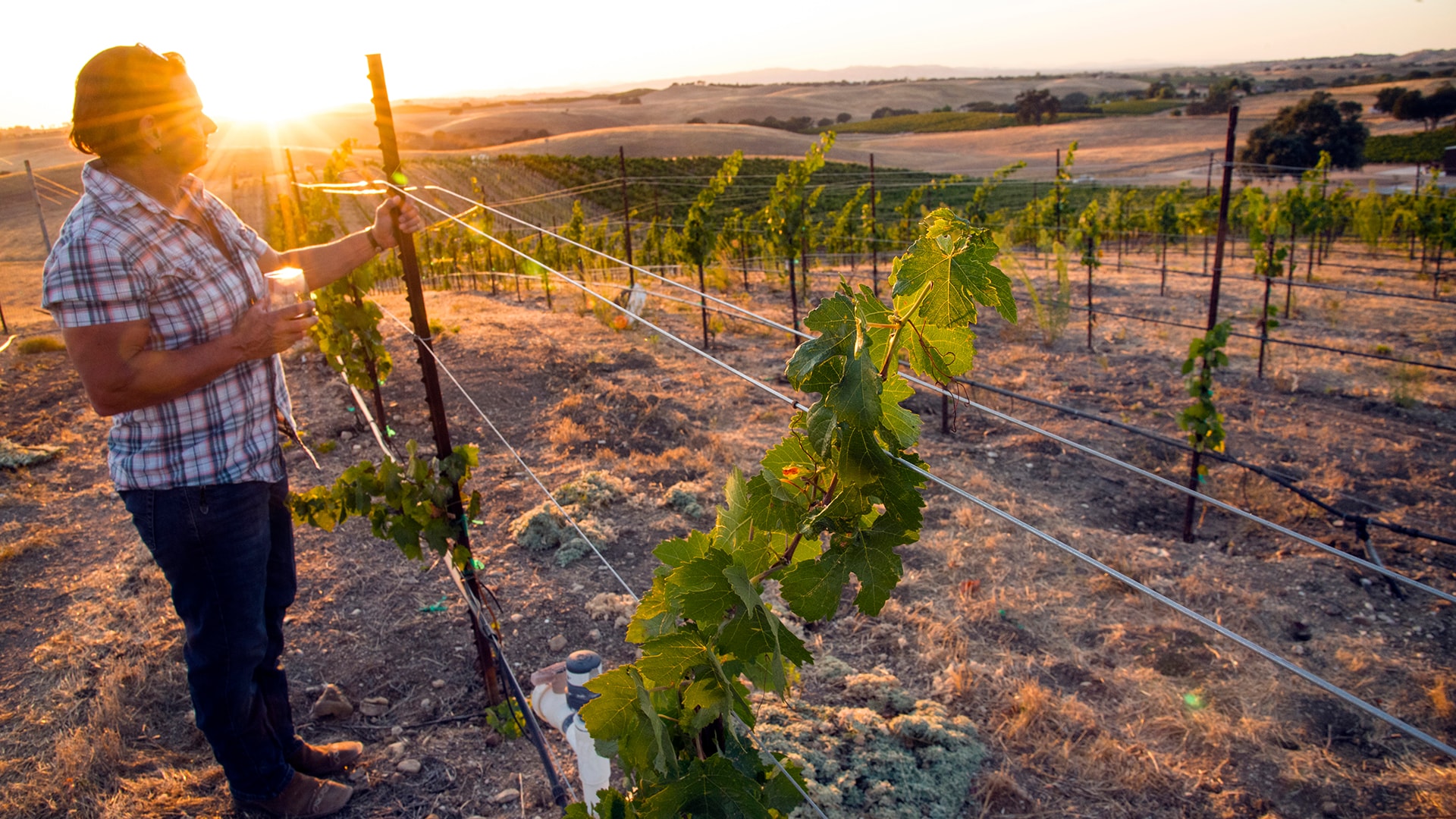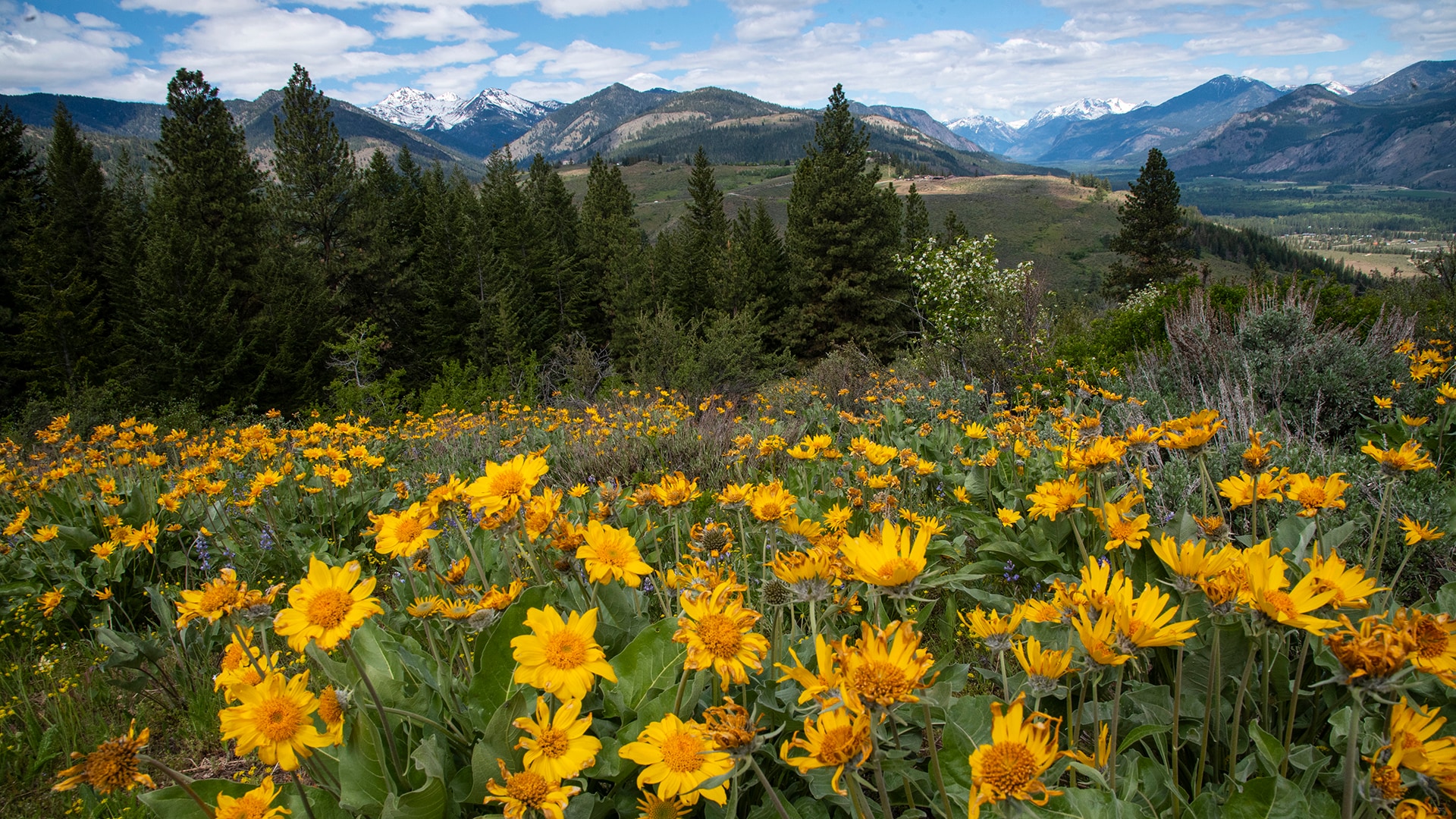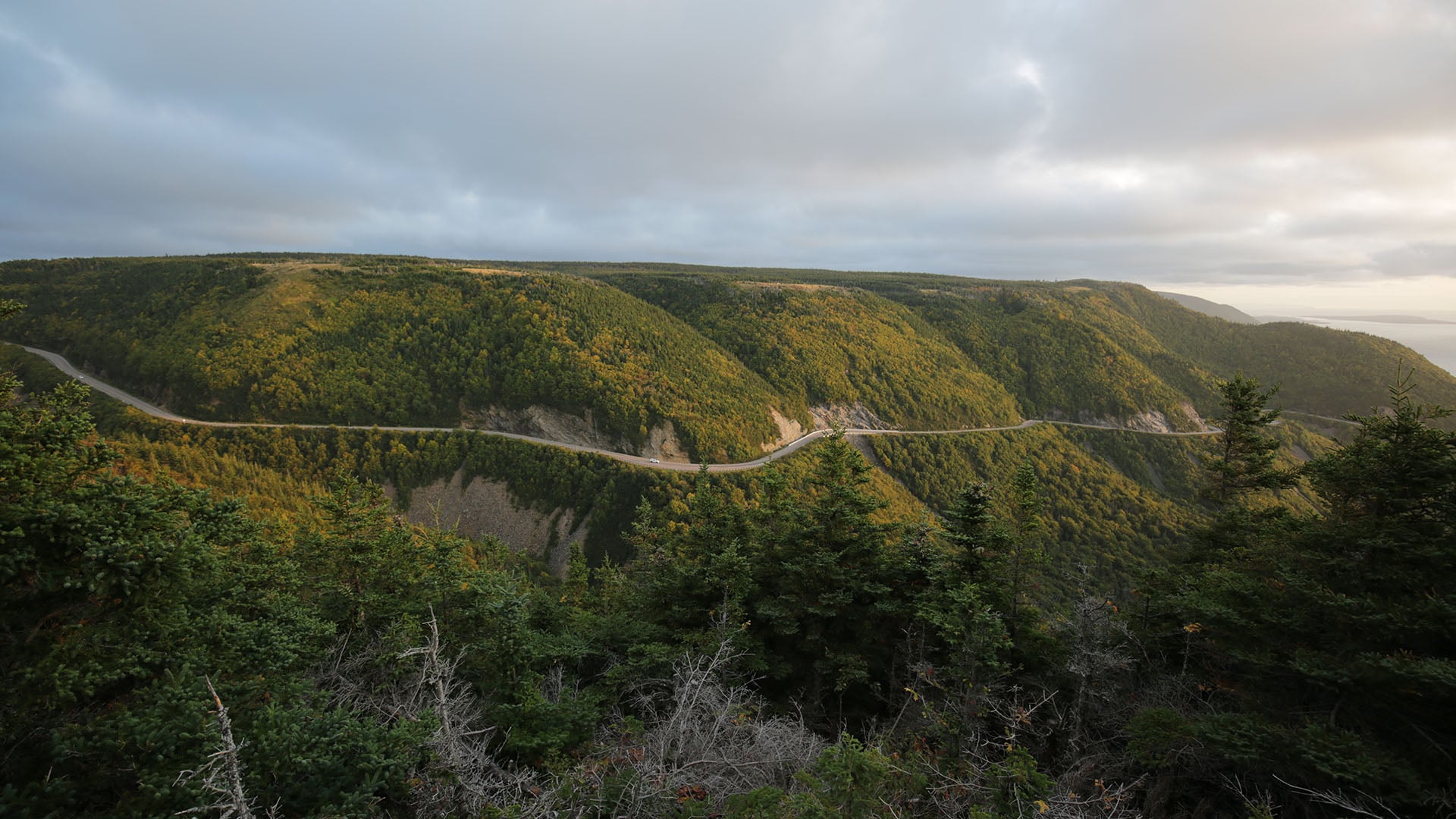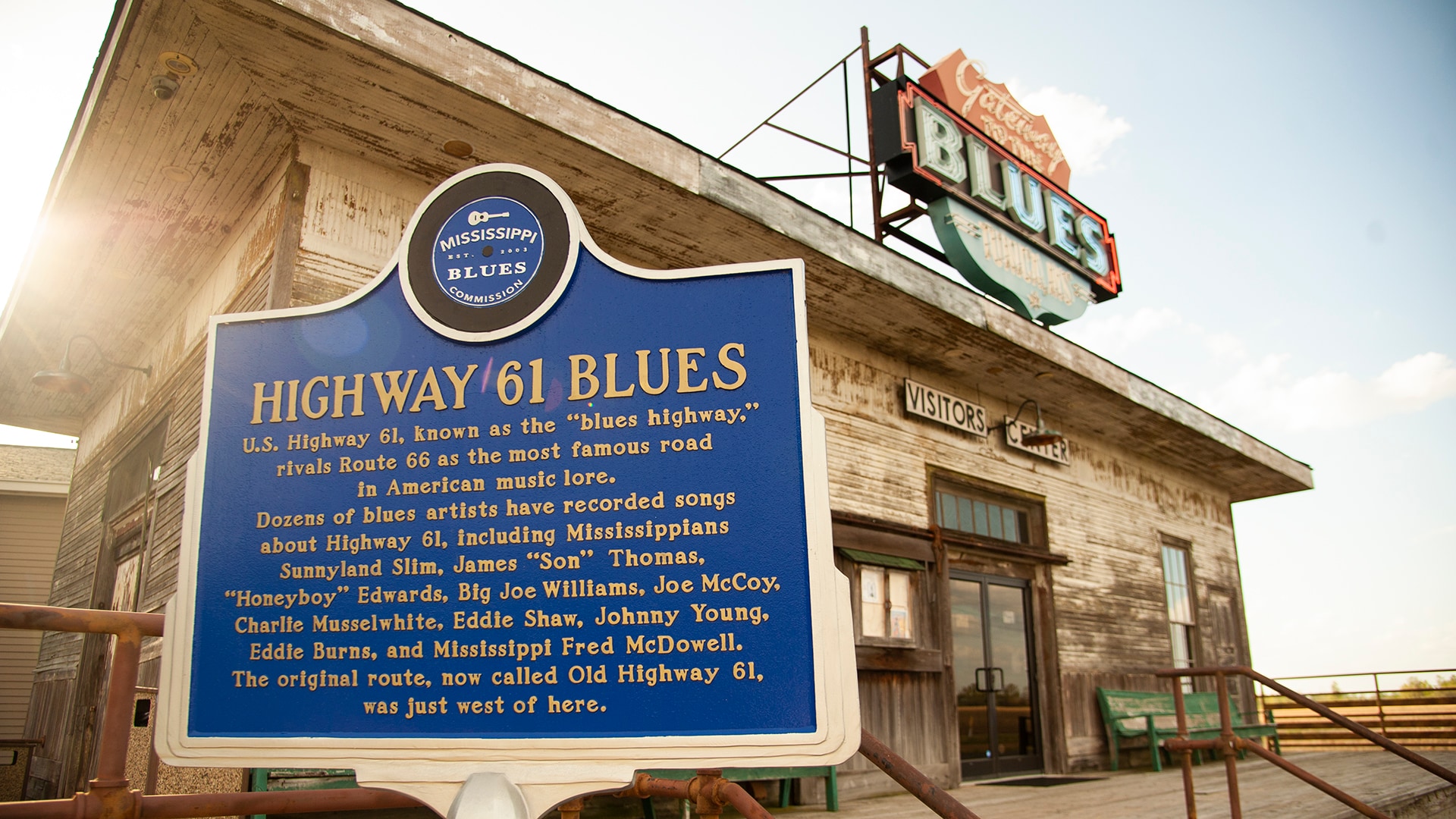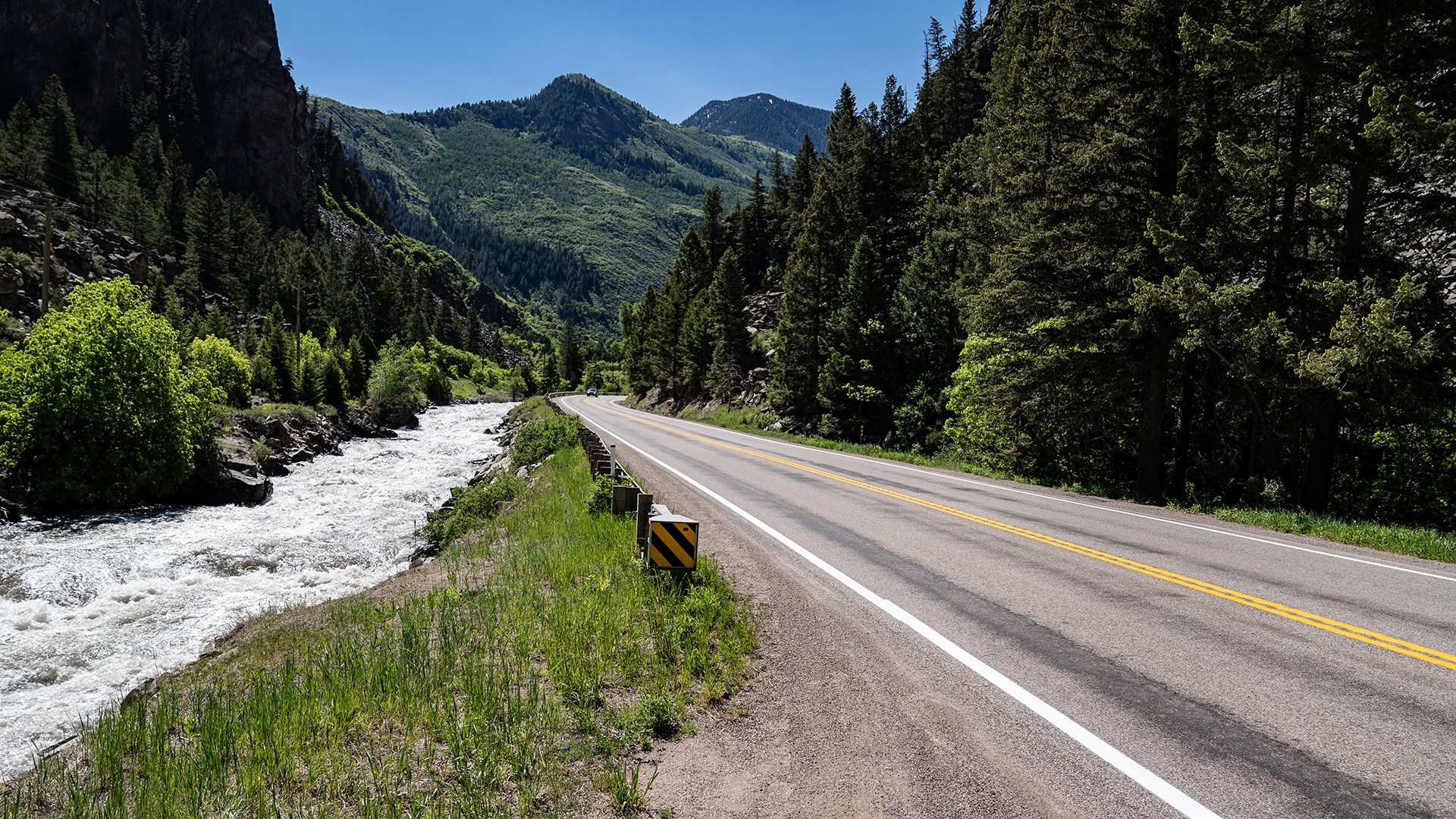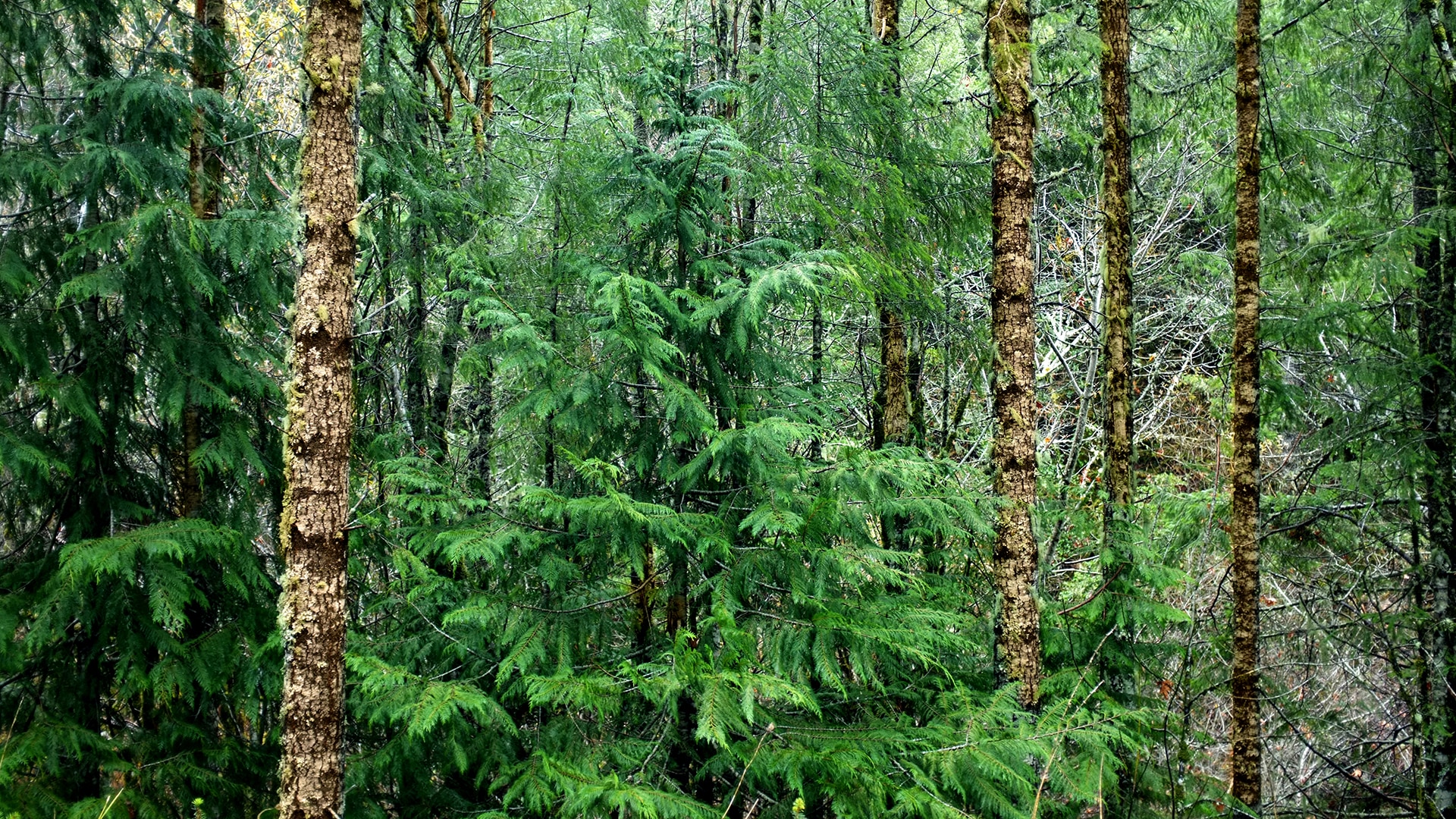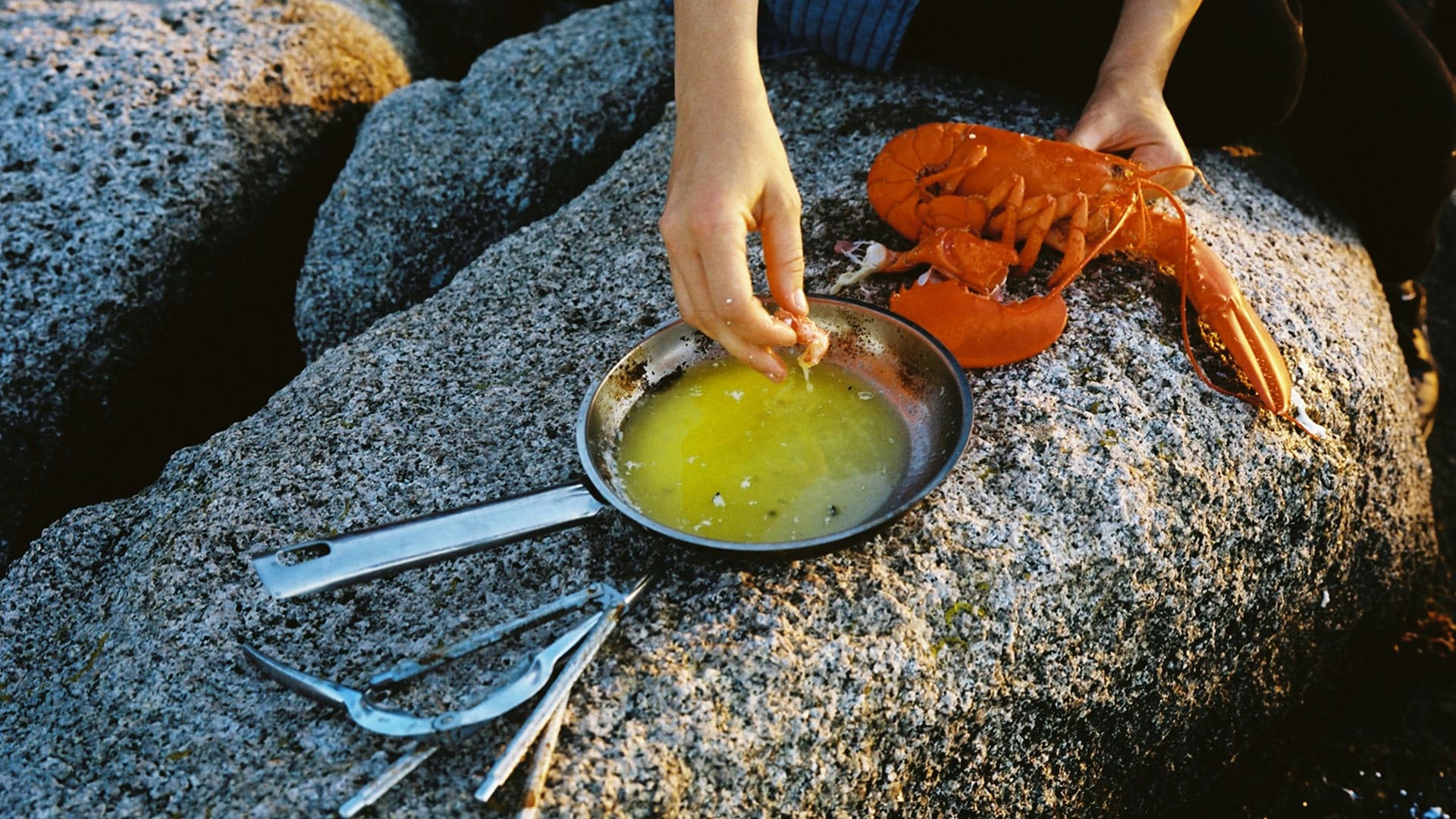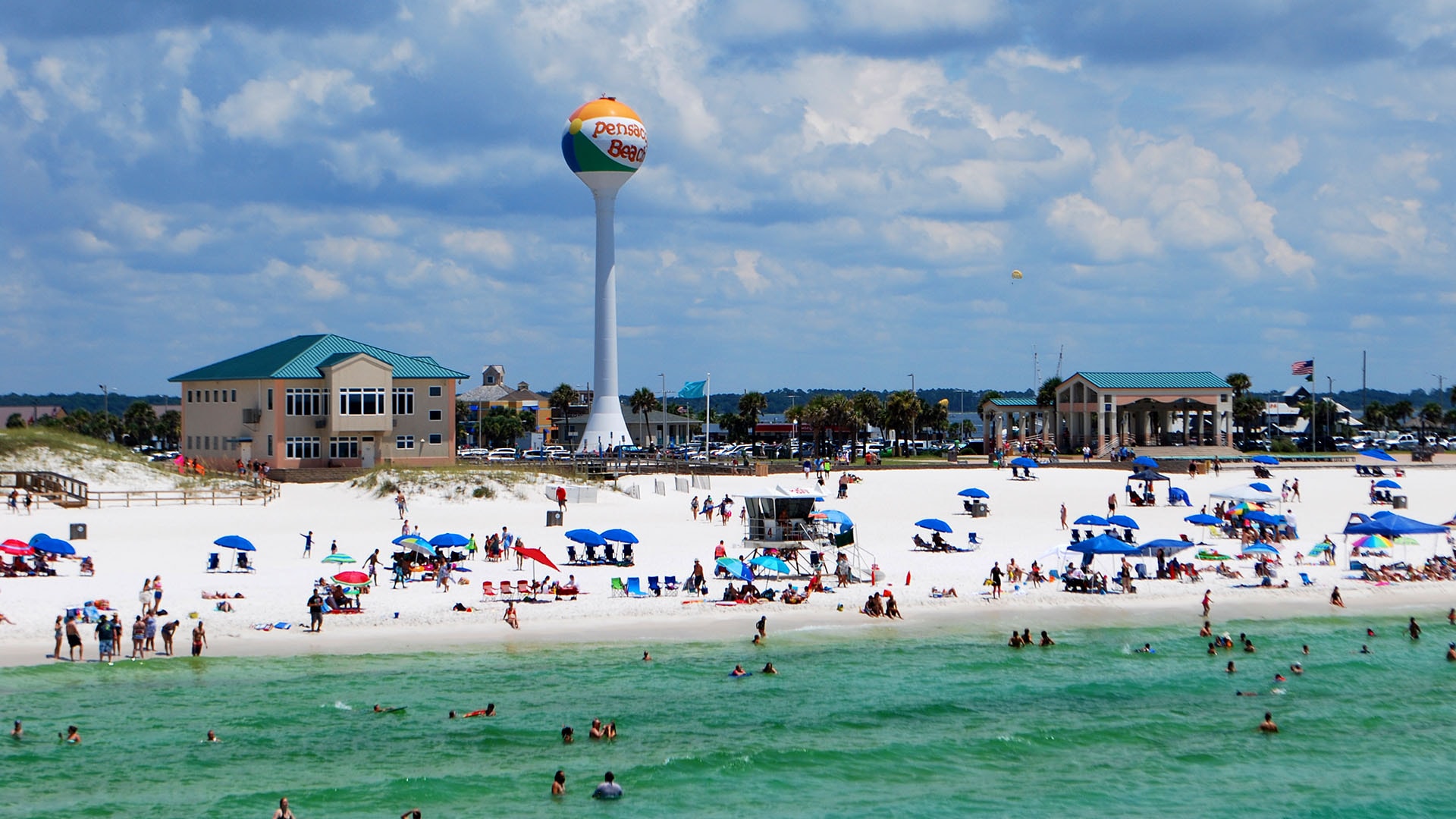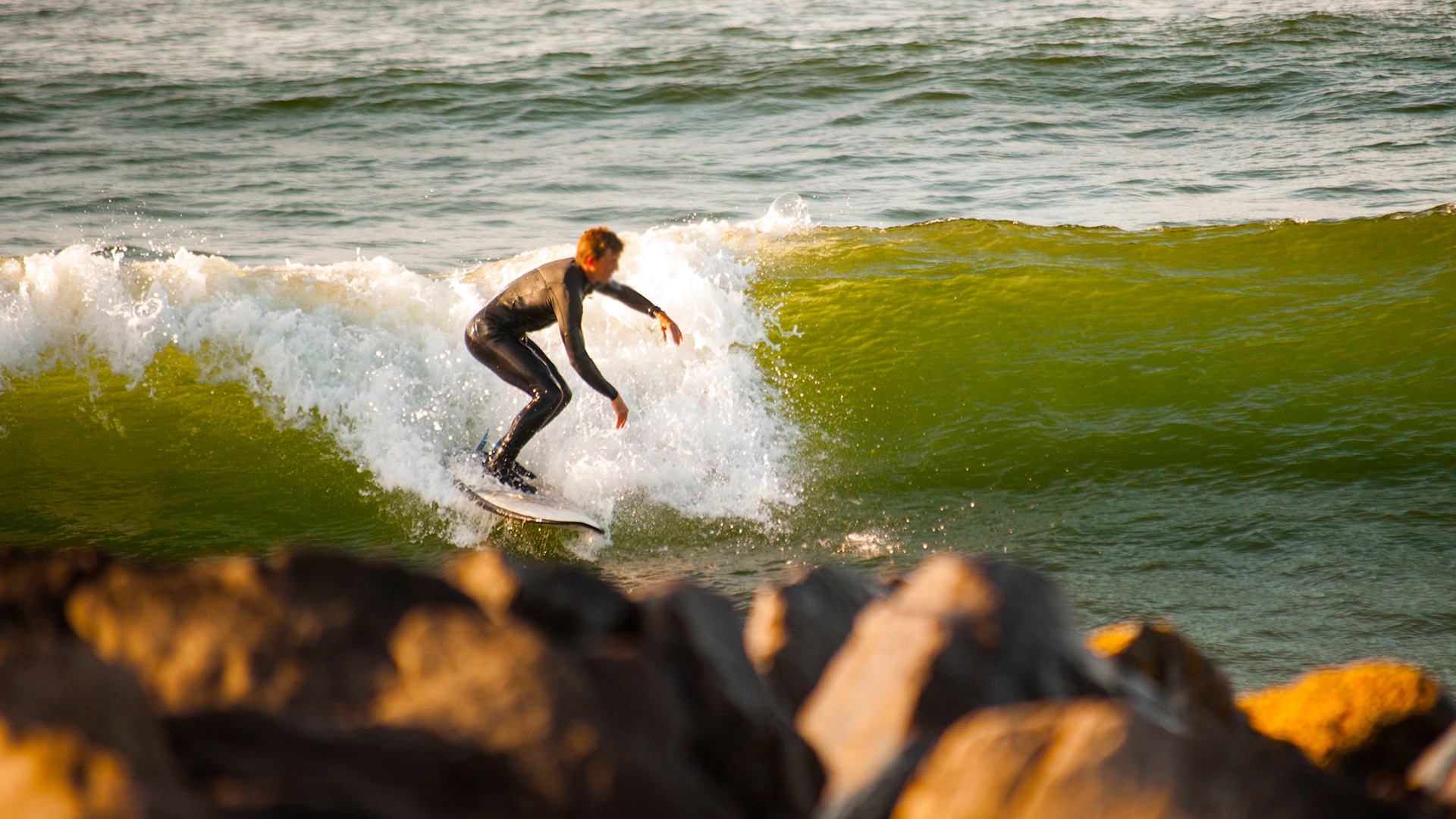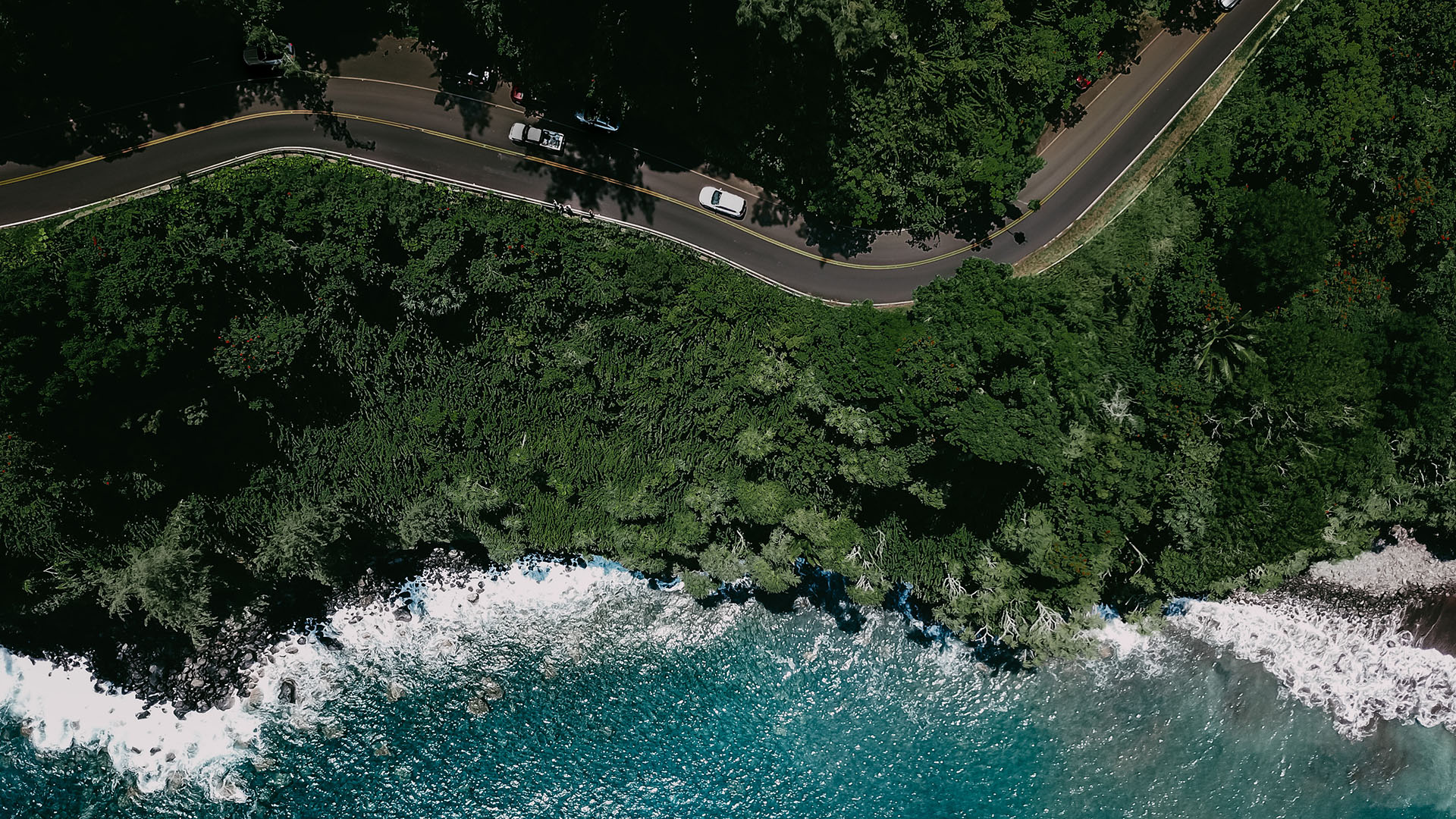Cruising the Natchez Trace Parkway
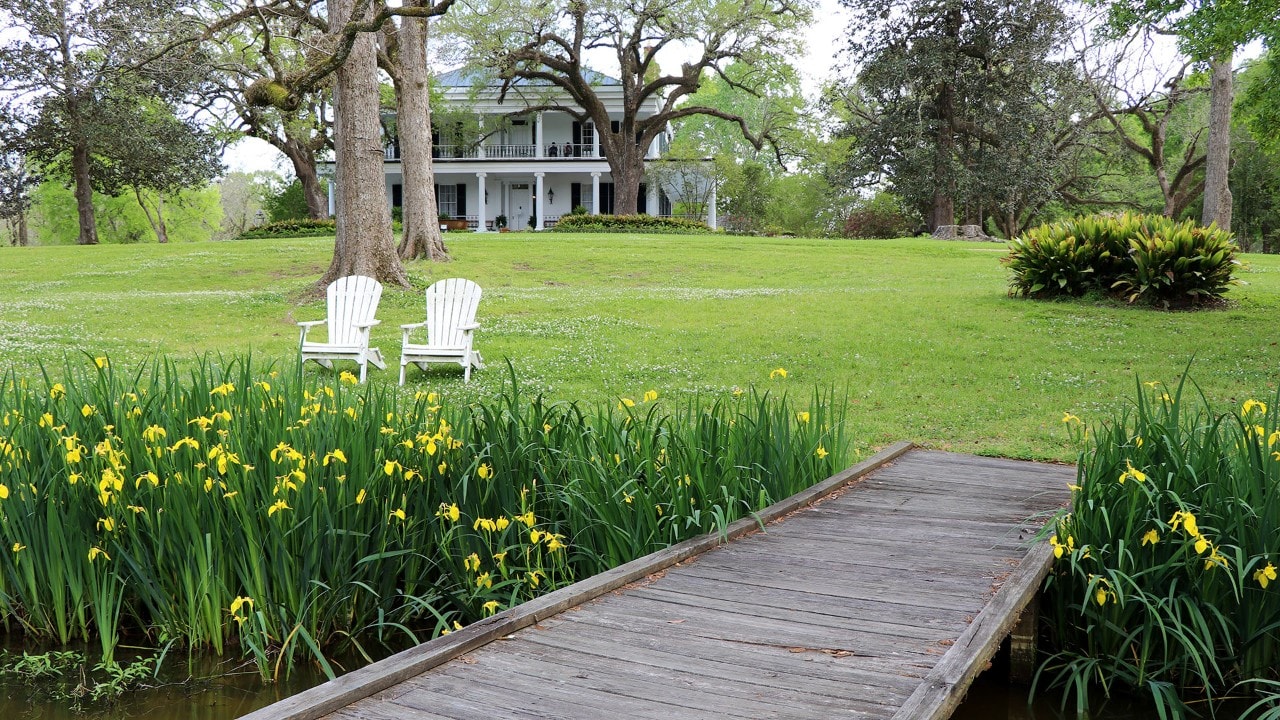
Brandon Hall is a meticulously maintained bed-and-breakfast.
Story and photos by Tom Uhlenbrock
Tom is an award-winning travel writer and journalist based in St. Louis.
The leisurely road trip takes drivers through America’s South.
After eight hours of interstate highway, I reached Natchez, Mississippi, and took a right at the entrance to the Natchez Trace Parkway. It was like driving into a time warp.
Commercial traffic is banned on the parkway, which has no billboards, no gas stations, no fast-food restaurants and a 50 mph speed limit. The two-lane blacktop was lined by shoulders of wildflowers with forest beyond that. The first traffic I encountered was two guys on bicycles, coasting down a wide curve on the twisting roadway.
For those of a certain age, driving the parkway will bring back childhood memories of Sunday family drives “in the country.” We’d stop to move turtles off the road, buy tomatoes and watermelons and tour caves and other roadside attractions. The destination didn’t matter; the goal was to enjoy the scenery at a leisurely pace. The same “motoring” sentiment made Route 66 the Mother Road of America.
For younger drivers, the parkway will be a new experience for generations accustomed to 70 mph-plus on interstates where every exit intersection looks the same.
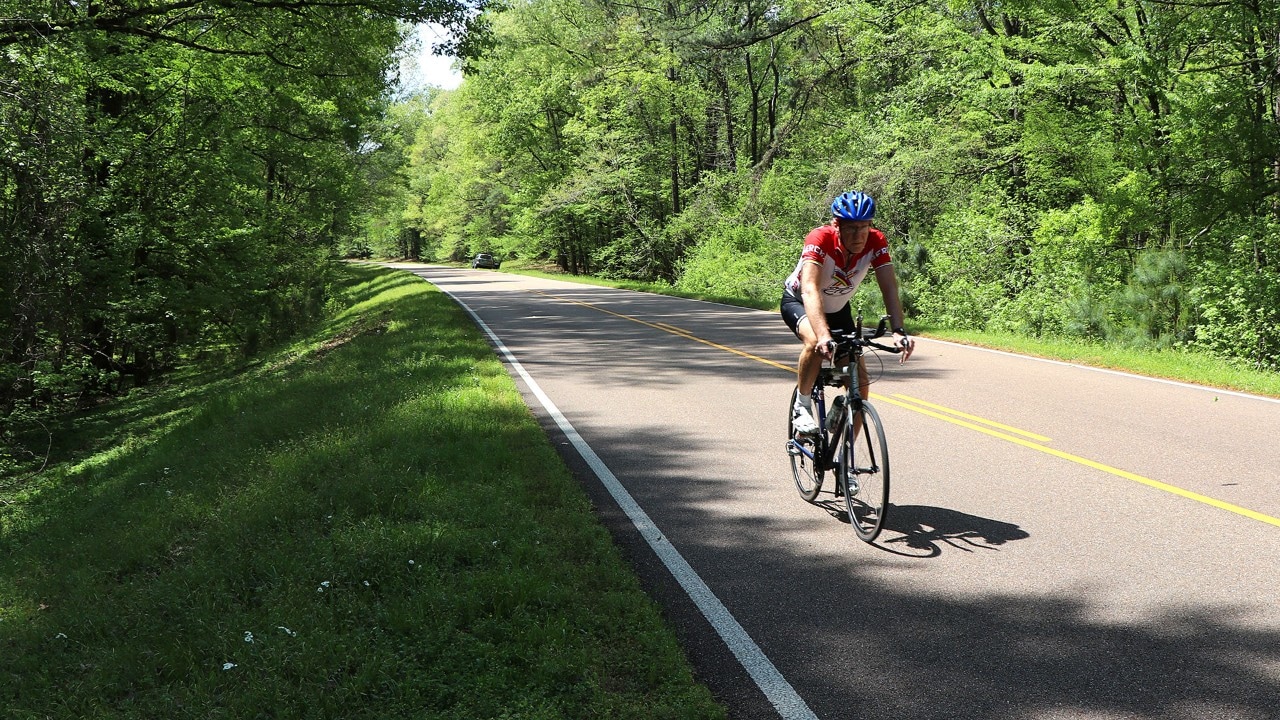
Cyclists come from all over America to ride the Natchez Trace Parkway.
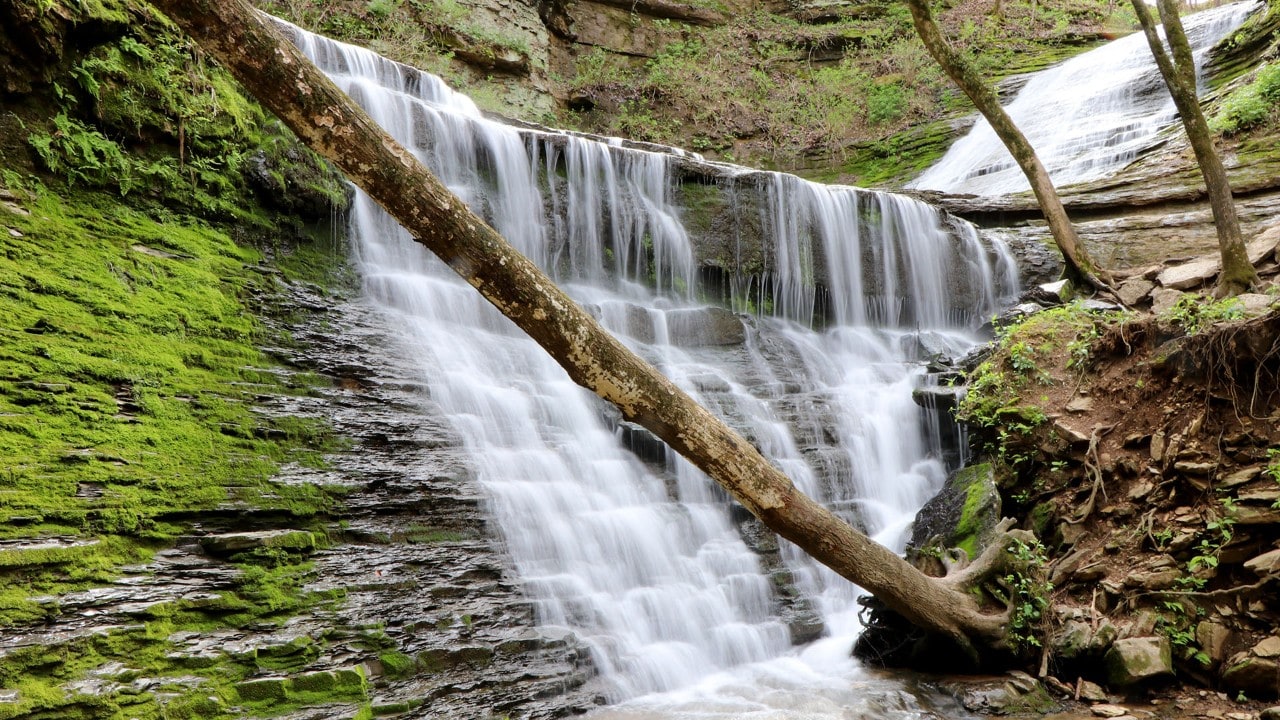
Jackson Falls is one of the lovely waterfalls found along the parkway.
The parkway runs for 444 miles through three states, from Natchez to Nashville, Tennessee. There is no rush-hour or traffic jam on the Trace; plan on spending two or three days to soak up the relaxing experience.
I rented a car and drove it for three days in early spring, when the wildflowers, redbuds and dogwoods were awakening. Fall is another prime time, when the mixed forest of pines and hardwoods shows its autumn colors.
The parkway roughly follows the tracks of the first travelers. Their presence on the route is marked by Native American mounds, pioneer taverns, battlefields, monuments, plantations and other stops along the way. Entrance to the parkway and to its attractions is free.
The drive is especially good for families with antsy children as it is loaded with short nature walks — most of them to springs, creeks and waterfalls —with picnic tables in the shade and restrooms with flush toilets at many stops.
Established as a unit of the National Park Service in 1938 and completed in 1995, the Trace dates back centuries as a natural corridor first trampled by bison and Native Americans, who were followed by settlers, soldiers and traders.
The park service operates campgrounds and RV sites along the route, and travelers also can detour off on nearby highways to seek lodging, food and gasoline.
A map of the route with all the attractions and mile markers is available through the park service. NatchezTraceTravel.com offers that map as well as its own map listing the Top 30 sites and nearby lodging.
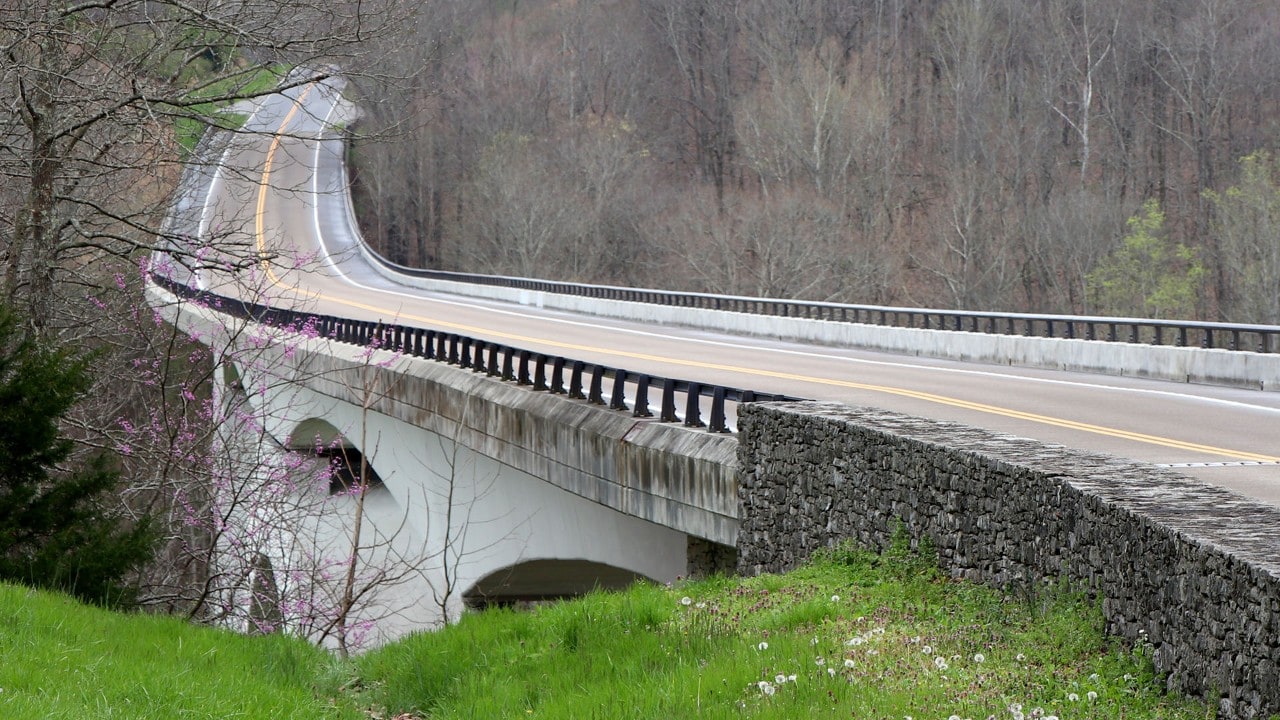
The parkway has a double-arch bridge near the town of Franklin.
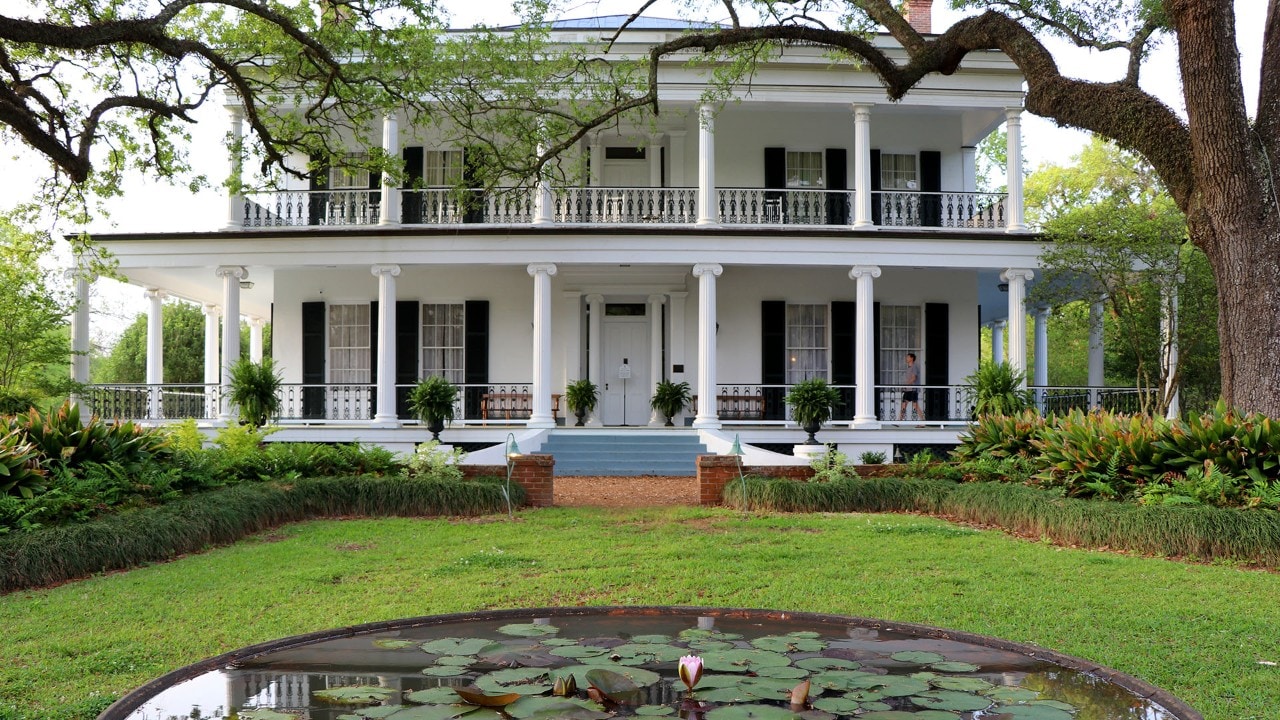
Brandon Hall was built in 1856 by Gerard Brandon, son of the first native-born governor of Mississippi.
First Impression
I arrived in early evening, and my first drive was short. At milepost 9, I turned off the parkway onto a road (and later determined that it was the only lodging driveway located directly off the entire parkway).
I drove past a lake surrounded by blooming yellow irises, their reflection forming a golden halo on the water. Beyond that was a stately white mansion with columns and verandas right out of an Old South movie set.
Brandon Hall was built in 1856 by Gerard Brandon, son of the first native-born governor of Mississippi. The home has been exquisitely restored and maintained as a bed-and-breakfast with 14-foot ceilings and antique-filled rooms.
Sitting in a white rocker on the upstairs front porch, I listened to the birds singing their twilight songs in the two giant live oaks spreading over the front lawn.
It was a peaceful end to my first impression of the Natchez Trace.
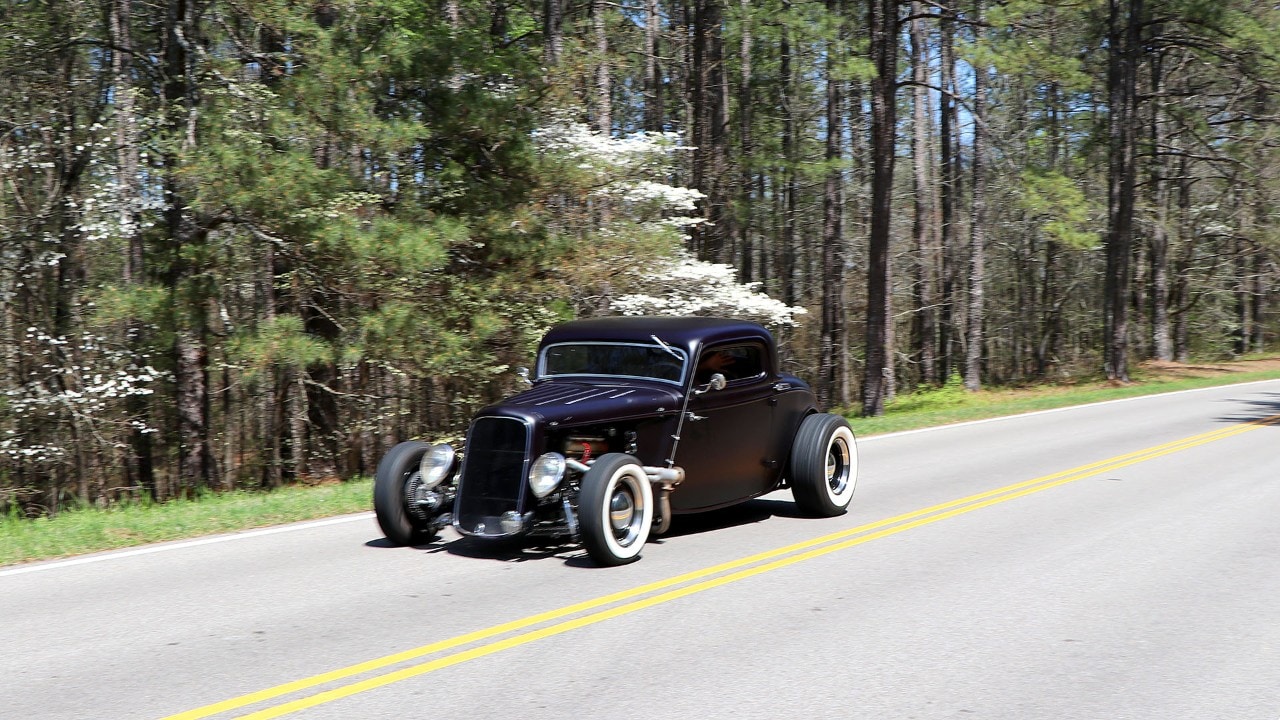
Classic cars are a common sight.
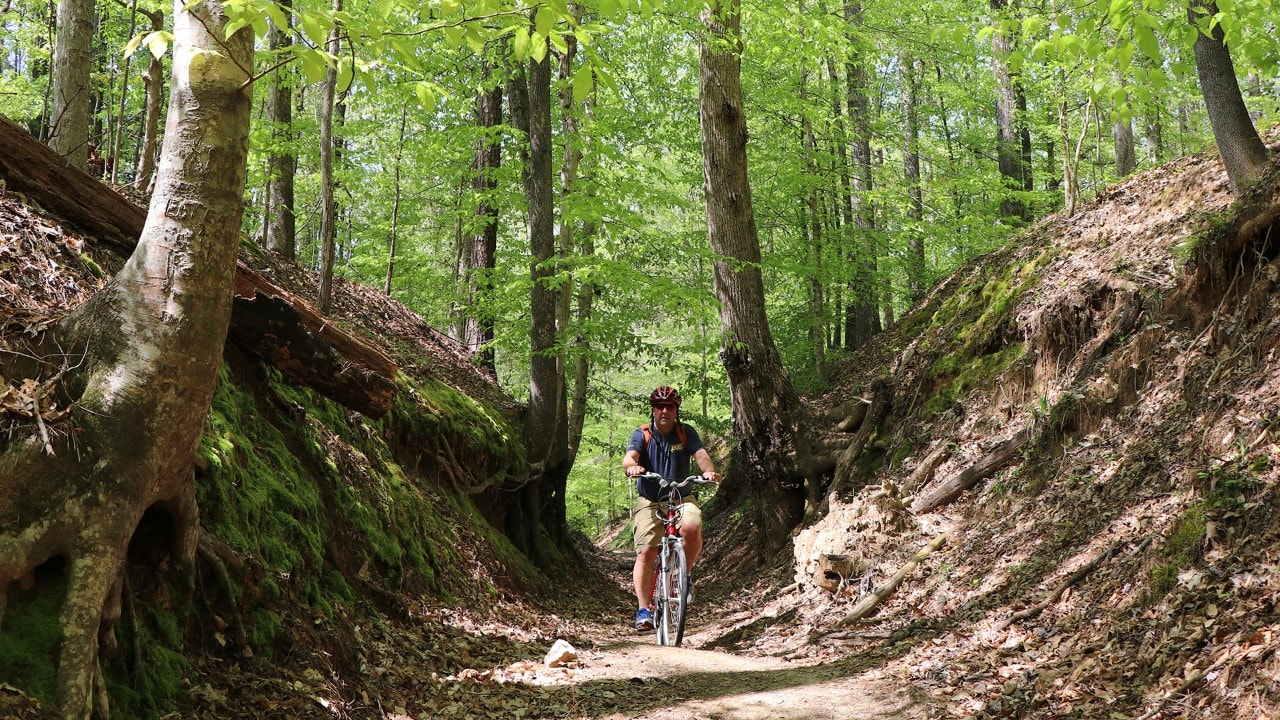
A cyclist follows the path of a 'sunken" portion of the Natchez Trace eroded by centuries of traffic.
Mounds and Mosquitoes
The next morning, I hit the road as the sun broke through clouds, sending rays over the grassy expanse of Emerald Mound, illuminating it as if a switch had been pulled. Built between A.D. 1300 and 1600, the 35-foot-tall mound is the second largest in America, behind only Monk’s Mound in Cahokia, Illinois.
The builders of the dozen or so flat-topped ceremonial mounds found along the Trace were called Mississippians because of their villages along the Mississippi River Valley. They built the mounds by carrying dirt in baskets.
Later tribes, including the Natchez, Chickasaw and Choctaw, lived in the area and created the trails that became the Trace.
In a sad irony, the last large group to walk the route, before it became obsolete with the arrival of steamboats, were the Native Americans who were marched out of their lands to reservations.
Travelers on the parkway can see and hike sections of the “old Trace” as it runs through the forest. In some spots, vehicles can actually detour off the roadway onto remnants of the original path.
Although the new parkway makes visiting easy, travelers on the early path faced many hardships. A National Park Service exhibit says: “This early interstate road building venture produced a snake-infested, mosquito-beset, robber-haunted, Indian-traveled forest path. Lamented by the pious, cursed by the impious, it tried everyone’s strength and patience.”
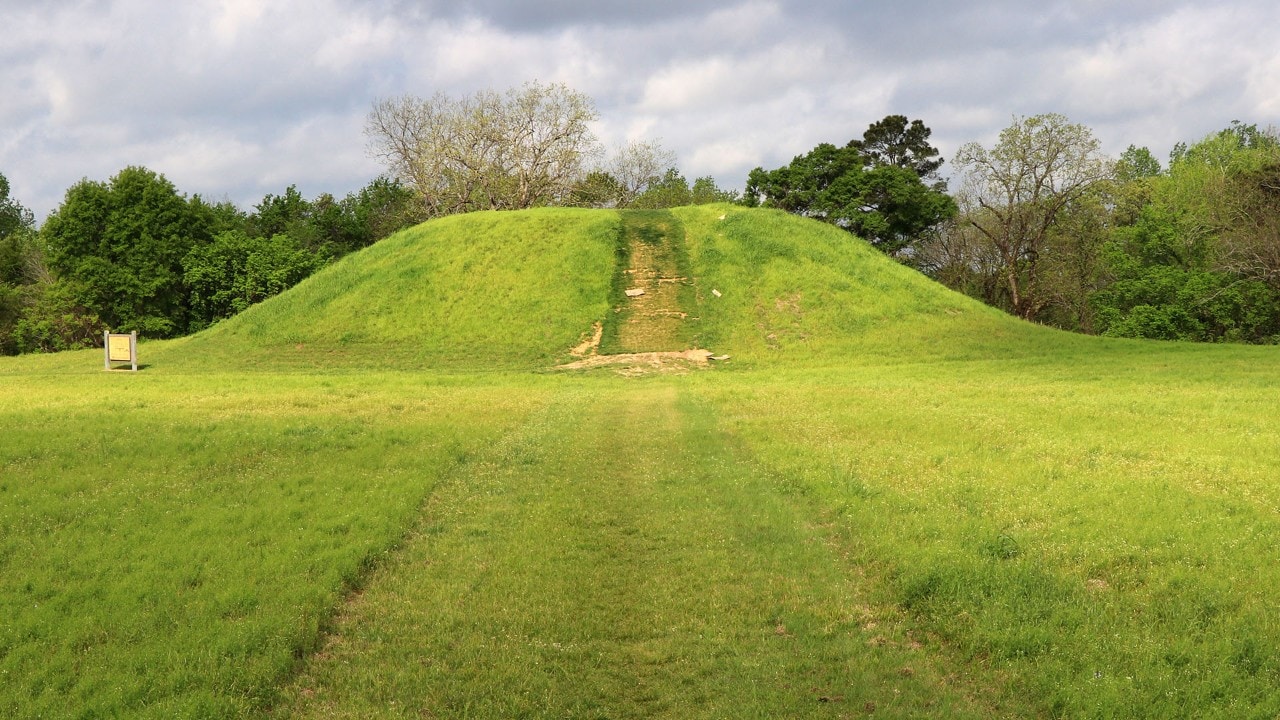
Emerald Mound
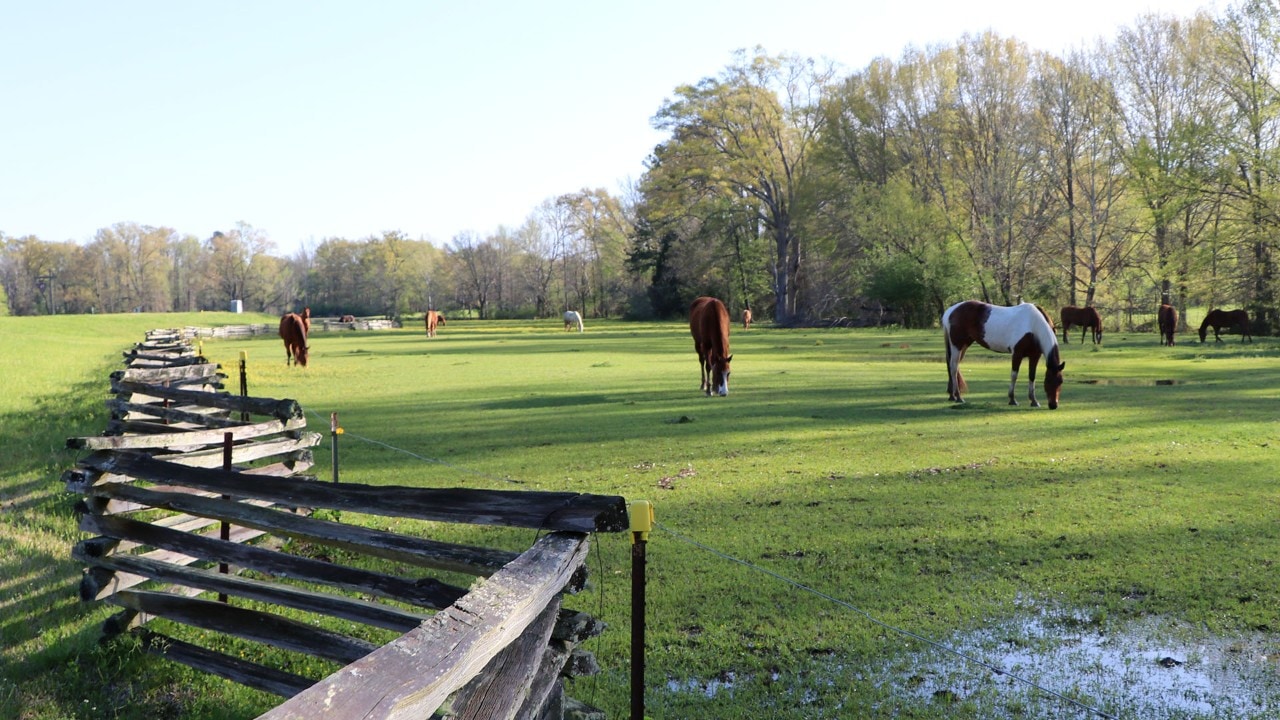
Bucolic landscapes line the Natchez Trace Parkway.
A Legendary BLT
The Natchez Trace Parkway is somewhat of an illusion. Travelers drive through a forested route as if in a remote setting but, in many areas, civilization is just beyond a corridor of trees.
The city of Jackson, Mississippi, was not visible from the parkway, but the route passed over Interstate 55. I looked down on the busy highway and was thankful to be on my way.
The Mississippi Craft Center is on the outskirts of Jackson and offers a respite for Trace travelers eager to spend some cash. The center had a Choctaw basket for $125, a colorful quilt for $260 and a hickory bowl for $350.
French Camp Bed and Breakfast is located at the site of an early French tavern and inn at milepost 180. The buildings — some historic, some new, some a combination of both — are visible from the Trace, but you detour for a short distance on Highway 413 to get there.
The stop includes a restaurant that boasts of “the best food on the Trace.” Actually, it was the only food on the Trace. Still, the BLT sandwich and broccoli salad have gained legendary status among travelers.
I took the exit into the town of Tupelo with two missions: To get gas and to visit Elvis’ birthplace.
For $14, you can tour the two-room clapboard house where Presley was born on Jan. 8, 1935, his childhood church where a video tells his story, and a museum with vintage photos and a lifetime of exhibits.
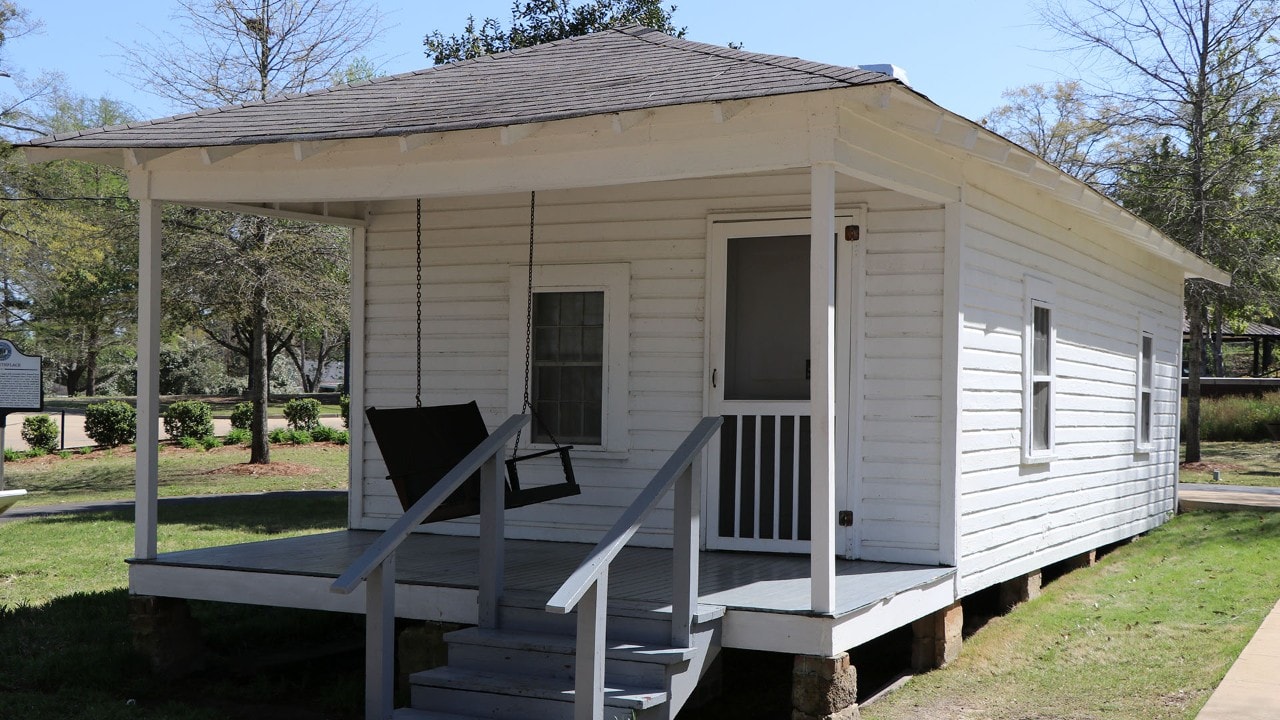
Elvis Presley's birthplace
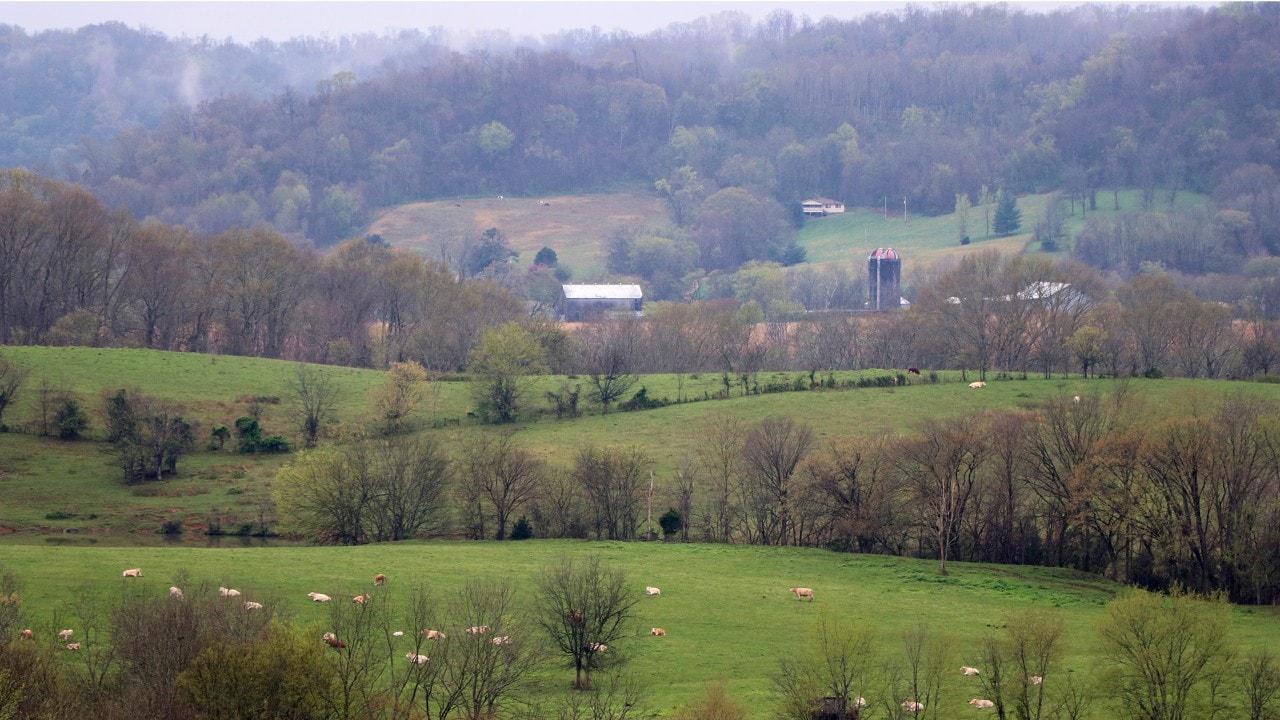
Morning mist covers the countryside.
A Blissful Tour with a Lively Ending
Belmont, Mississippi, like many of America’s rural towns, has too many empty storefronts in its historic district. But the Belmont Hotel is alive and well on Main Street and was a clean and comfy stop on my third night.
Built in 1924, the hotel is growing old gracefully with 10 glistening crystal chandeliers in its lobby and dining room attesting to its glory days. “It’s different; it’s not your average Holiday Inn,” says the owner.
At milepost 386, near the northern end of the Trace, a monument marks the site of Grinder’s Stand, an inn where the explorer Meriwether Lewis died on Oct. 11, 1809, at the age of 35. He was shot twice, and varying accounts say it was a suicide or a murder.
Before leaving the Trace, I drove through Leiper’s Fork, a tiny enclave where Justin Timberlake is the most famous resident, and Franklin, which has a historic district bustling with restaurants and shops.
My brain had been on cruise control during my road trip on the Trace, but that ended as I entered Interstate 24.
I shifted mental gears and headed for Nashville, where two nights of hootin’ and hollerin’ in the honky-tonks brought me back to reality. It was a welcomed nightcap to a blissful tour of the Natchez Trace Parkway.
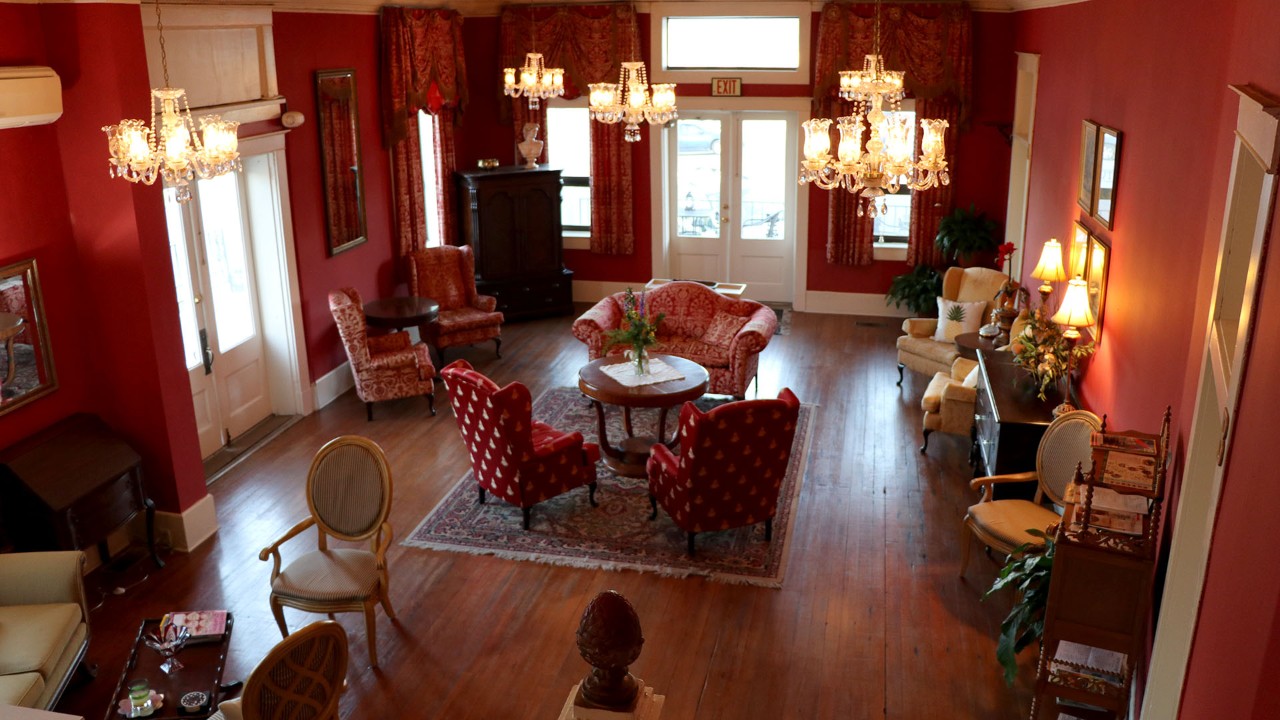
The Belmont Hotel in Belmont, Mississippi, is a popular stopover.
Related
Read more stories about scenic drives.
- Road Trip on Vancouver Island
- Washington’s North Cascades National Park
- Road Trip on Utah's Scenic Byway 12
- Road Trip to See Texas Bluebonnets
- Nostalgic Route 66 Road Trip: Albuquerque to St. Louis
- Nostalgic Route 66 Road Trip: St. Louis to Chicago
- Nostalgic Route 66 Road Trip: Santa Monica to Albuquerque
- Road Trip to Hikes along the Crooked Road
- Weekend Getaway to Virginia's Mountains of Music Festival
- Algonquin Park Scenic Drive
- Sandhills Journey Scenic Byway
- South Dakota Black Hills
- Edisto Island South Carolina Scenic Drive
- Jackson, Wyoming, Makes a Great Base for Scenic Drives
- 9 Outstanding Scenic Drives
- Cades Cove Scenic Drive is a Trip Back in Time
- Litchfield Hills Loop Road Trip
- Isle Royale National Park
- Icefields Parkway 3-Day Driving Trip
- The Great River Road: Missouri to Louisiana
- Vacationing in Maui
- Fall Foliage Road Trip in Road Trip From San Francisco to Yosemite
- Road Trip to Snowy Range Scenic Byway
- Road Trip from New Orleans to Memphis
- Road Trip on Maine's Pequawket Scenic Byway
- Road Trip on San Juan Skyway
- Road Trip on the Natchez Trace Parkway
- Pacific Coast Highway - Washington and Oregon
- Road Trip to Prince Edward Island, Canada
- Pacific Coast Highway - California
- Cascades Loop Road Trip
- Road Trip on the Cabot Trail, Nova Scotia
- Road Trip Along Mississippi’s Blues Trail
- Boulder to Black Canyon of the Gunnison Road Trip
- Road Trip along California's Redwood Coast
- Road Trip on Maine's Route 1
- Road Trip to Florida Beaches
- The Great River Road: Minnesota to Missouri
- Surfing on the West Coast
- Road Trip to Hana on Maui

